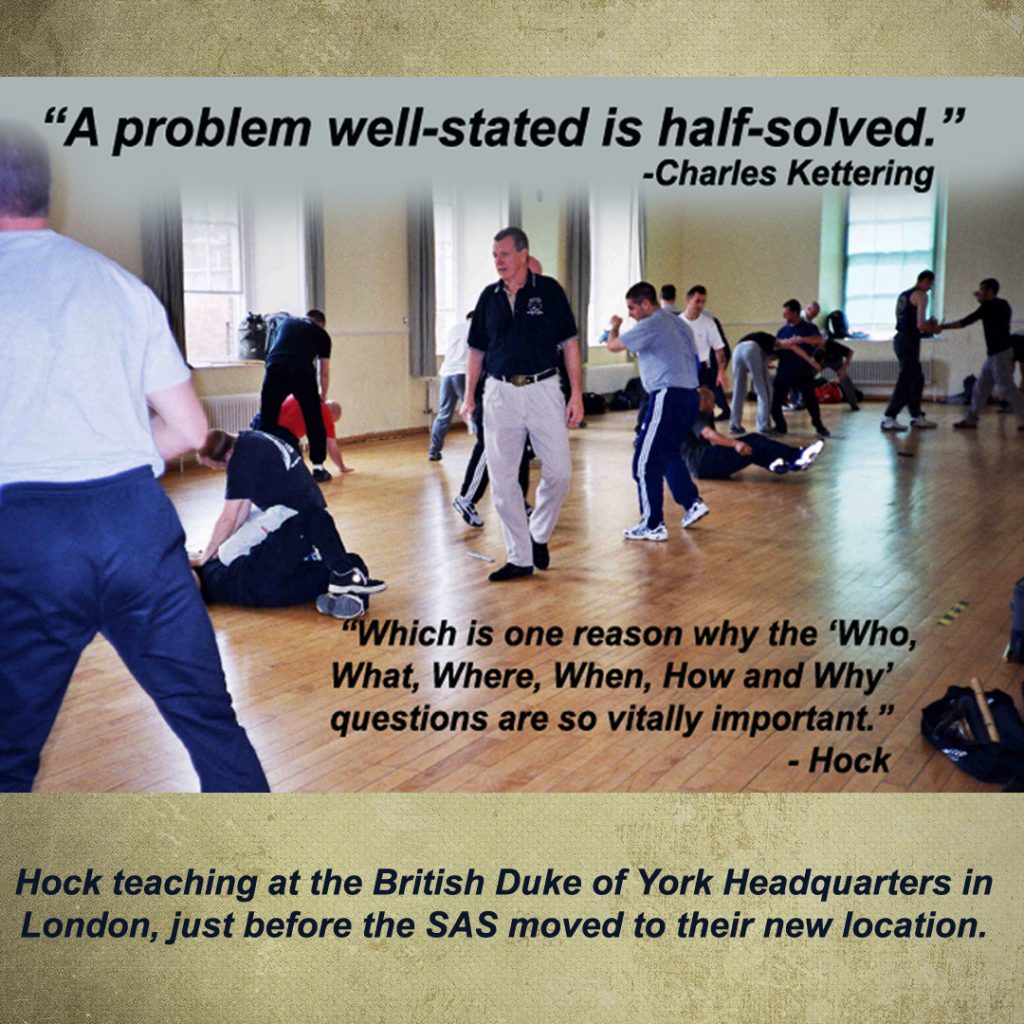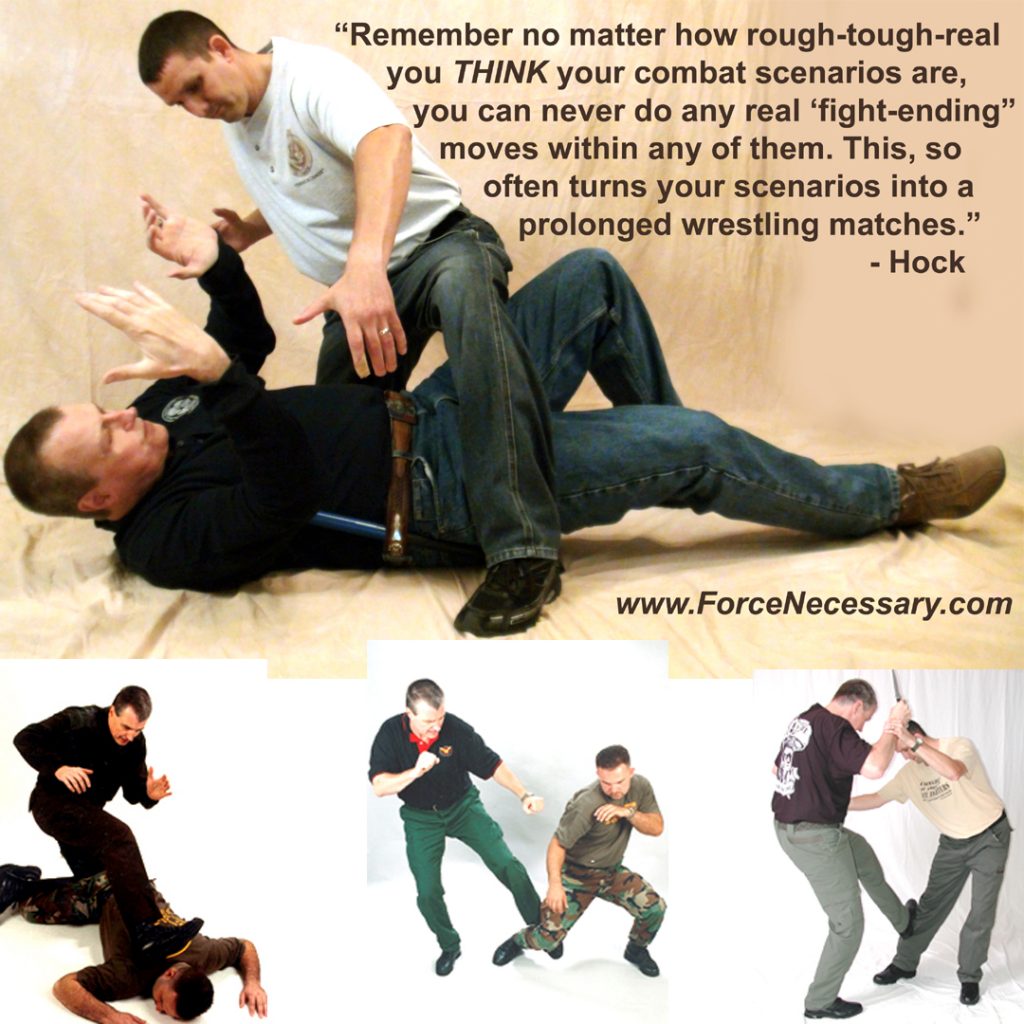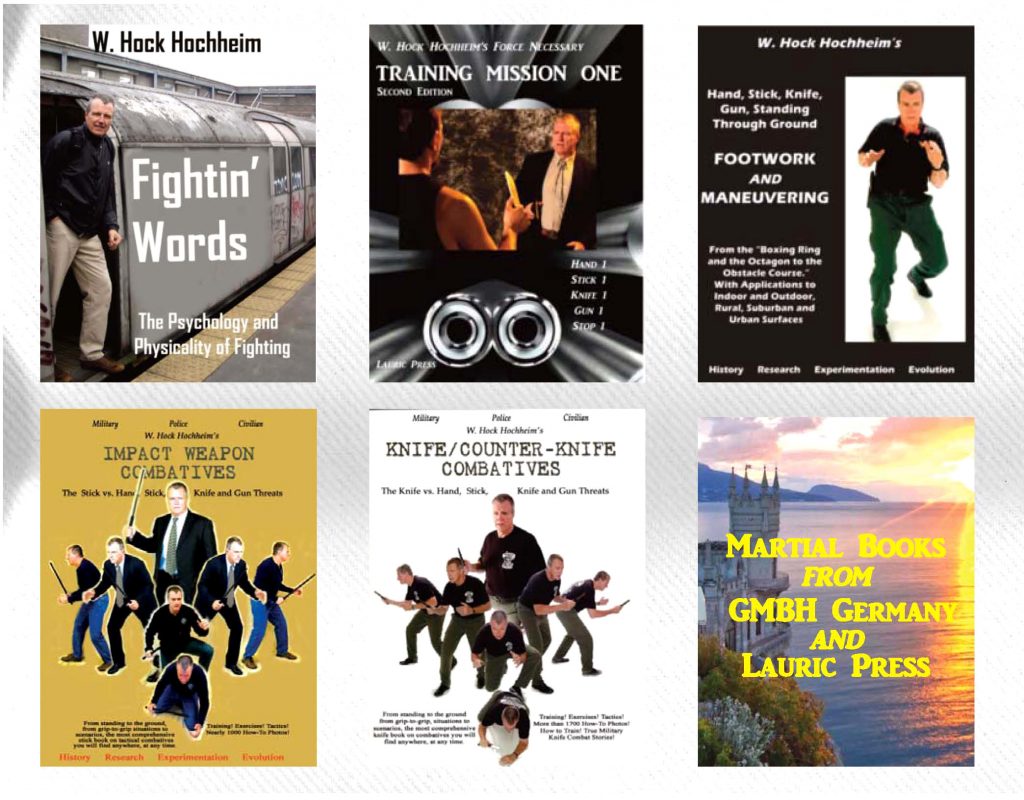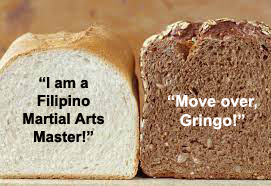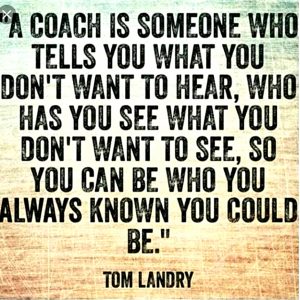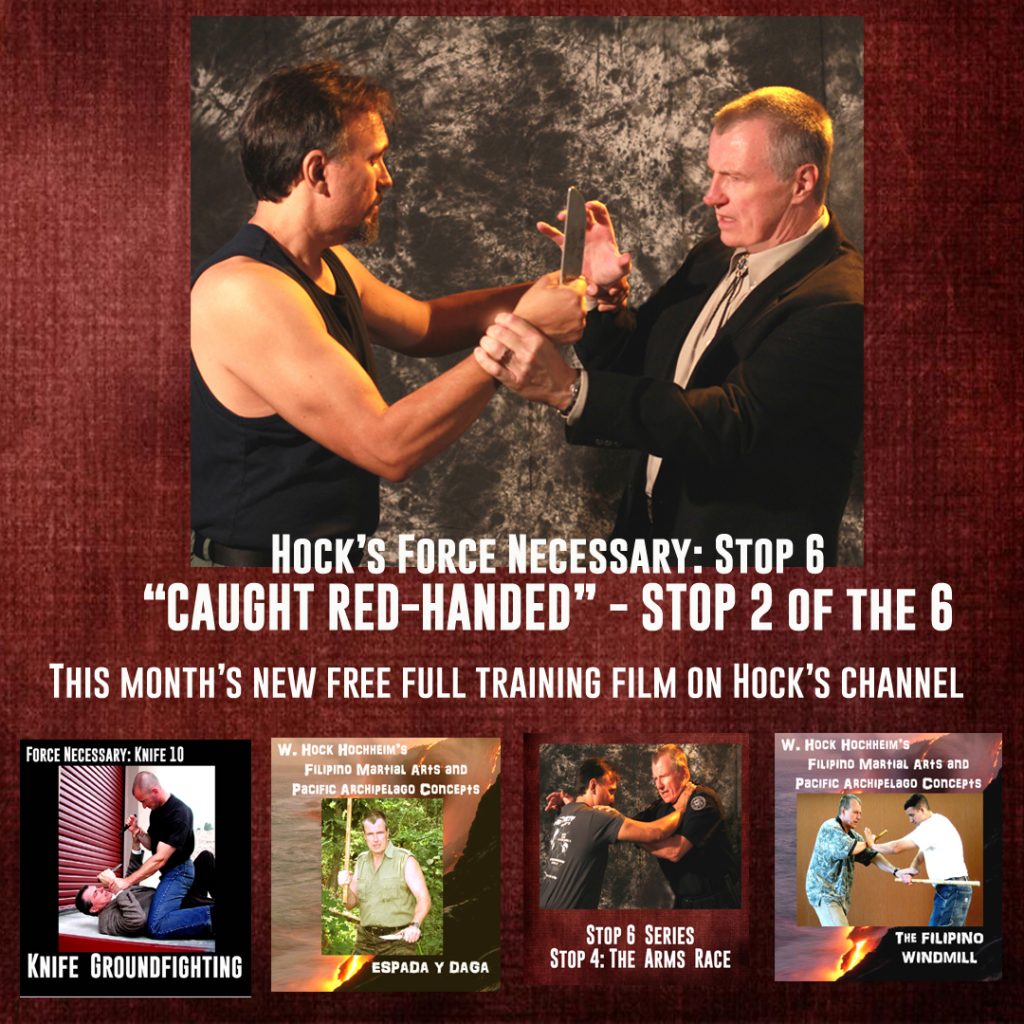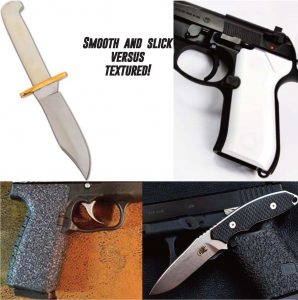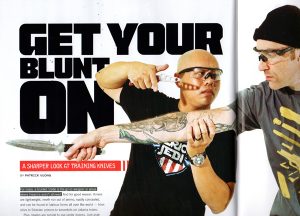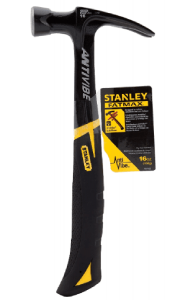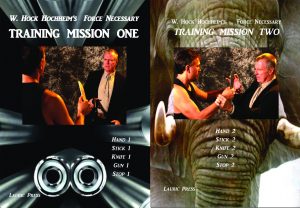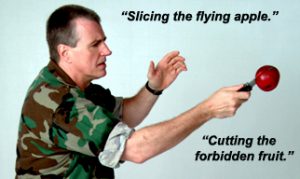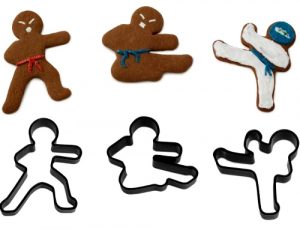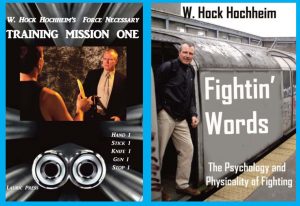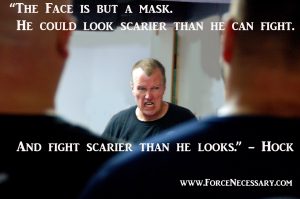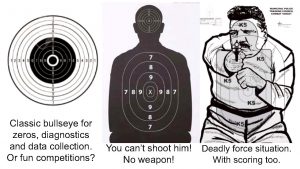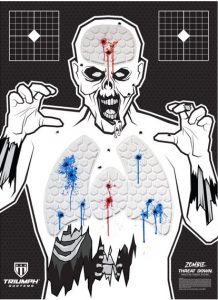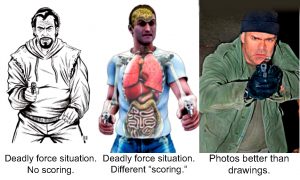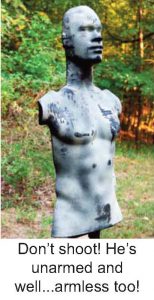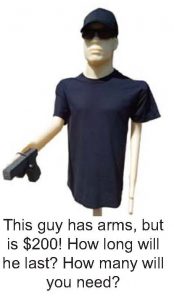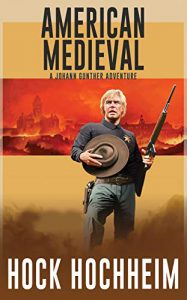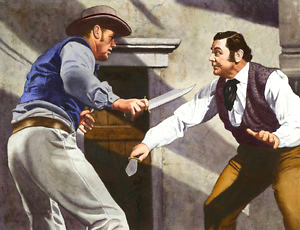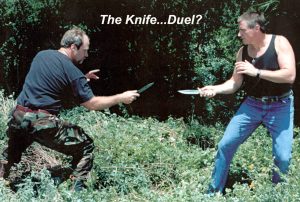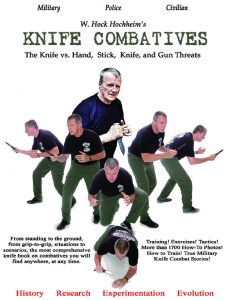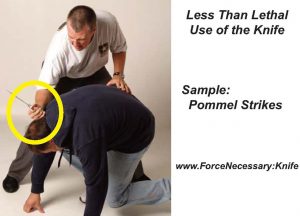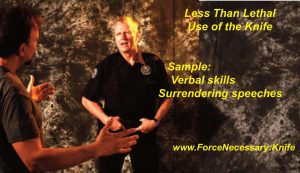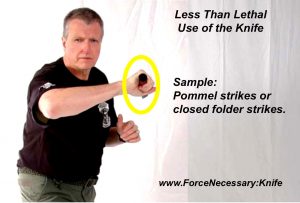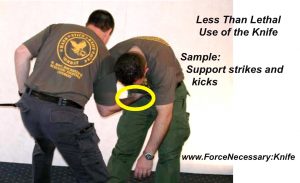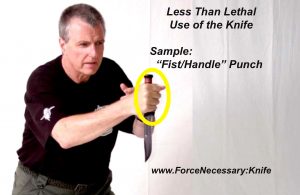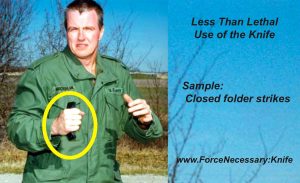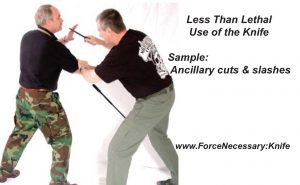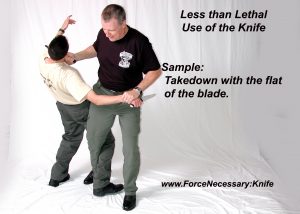THE SACRIFICE FALL Pride before the “Fall.”
Pride before the FAIL (or Fall) – meaning “those people who are overconfident or too arrogant are likely to fail” – this quick, popular and easily understood saying is from the Bible’s Book of Proverbs, in a few varied words. But the same message. Now, I am far from a Biblical expert, but its general popularity speaks volumes. Here I would like to rotate the word “fail” to “fall,” – which so many people already do anyway. There are other related phrases to add to this subject, like “you fell prey to,” or “falling prey to,” meaning you have been misguided and “fell” for some such thing that you should not have.
I would like here to produce some ideas and regenerate some martial arts history. The subject? The so-called “sacrifice fall” or another version of the same, “sacrifice throw.” Same-same.
The word “sacrifice” pops up in many ways in old and new combatives, martial arts and combat sports:
- You learn that you will sacrifice a lot of your free time to train.
- You learn that to practice might mean sacrificing your short-term or long-term health.
- You learn that that when you kick, you temporarily sacrifice your balance.
- You learn that When you punch, you sacrifice your safer arms-up, shield protection.
- You learn and train you very often “lose,” a lot, discovering ignorances, sacrificing your ego and pride.
- You learn that entering into a new art or system, you learn that not only did you sacrifice your time with the last one, you might have wasted a bit of it too.
- You learn about sacrifice falls. You should be taught about the few pros and many cons of the sacrifice fall.
Yes, lots of sacrifices in the martial arts and combat sports. And in this category of sacrifices includes the ubiquitous topic of “sacrifice falls” – defined as “purposely giving up, surrendering, your superior standing or knee-high position to end up fighting on the grounds and floors of the world.” I am here to report that once popular warning, is not at all as ubiquitous as it once was. And I would add, numerous popular arts and sports seek the very opposite. Entire systems now live on and for the sacrifice fall. I mean why else call them sacrifice falls for God’s sake! You are sacrificing,
Starting as an adult in the early 1970s in Ed Parker Kenpo Karate, I was taught the old, current and potentials of fighting. A common expression and lessons were about serious warnings on the “sacrifice fall-throw.” It was once very popular to at least warn practitioners about the few pros and mostly cons of sacrifice falls. “Now this technique is a sacrifice fall. You will go down on purpose with your opponent, sacrificing…”
Much of this early aikido, aiki-jitsu and jujitsu training was down on wooden floors or carpet. Falls were tougher to absorb than on today’s mats. This was educational. To my memory, these instructors never said, “Don’t ever-ever sacrifice fall!” There are indeed oddball times when you should, but they just warned you about the losses.
Warned you about what exactly? Loss of mobility. Multiple opponents. Hard landings. You know the drill, the usual advice, now so ignored. And like worrying about the varied surfaces of the world include the wood and the carpet, yes, but also cement, asphalt, tile, sand, dirt, water, mud, rocks all found within the vertical challenges of slants, stairs, hills, surrounded by furniture, bars, walls, trees, fences…well…the list is long and in some 26 years of police work in line operations, I have struggled with suspects in many of these horizontal and vertical mixes. (One of my “memorable” arrests was falling and fighting a suicidal guy in the pouring rain, sliding down a long, very slanted hill of mud. We weren’t standing, nor officially horizontal, we were “down.” Is that “ground fighting?) I once got a bruise on my rear end, fighting down on a parking lot, from the badge inside my wallet, in my back pocket. That’s reality. It does also stand to reason that…I have NEVER fought a suspect…on a mat. the world is not a mat, It’s a tough surface.
I know this concept-advice is old, but is it gone? It is still rather ignored by thousands, so the drum must be pounded. Recently, I saw a film of one my acquaintances-teachers jump on an opponent in a tackle and they both plummeted onto a very plush, deep (6 inches or more?) gymnastics-style mat. It was blatantly obvious that our hero would have totally shattered his elbow. I said, “damn, and he doesn’t even know that?” He must not have known because he proudly published the film clip. Finally, someone chimed in with the comment, “and you have now totally destroyed your elbow.” Ahhh, just one of the perils of the purposeful, sacrifice fall. The instructor stuttered a half-assed “yeah…we…but…ahhh…” reply. There was no getting around the mistake. He should have just taken the clip down off the web. He should have had the “martial I.Q” to realize that his “cool-breeze” move was a contradiction to the “SELF DEFENSE” verbiage on his storefront window.
I do not wish to bother you here with list of advantages of being up and mobile, with a solid expertise in kickboxing, facing the mixed weapon world of hand, stick, knife, gun. I do believe everyone knows this on some level, but they do not actualize it, take it to heart and mind. So many arts and sports these days ignore or de-value kick-boxing, and work hard to only achieve a sacrifice fall, only to wrestle on the ground for a submission. Their sport-art training mission is central to sacrifice falling. You must go down with them. There are videos for sale out there proudly titled “The Best Sacrifice Throws.” Yup, for sports and arts, but there is a certain, cancerous, brainwashing, muscle memory about all this. Recipes to fight survival are situational.
It use to be joke-videos years ago, when we saw submission fighters drop on the ground and shout “Get in my guard!” It was funny! We laughed. Now, this is actually happening in competitions! Why bother with sacrifice falls! Just jump down and get in my guard! What an abstract, rabbit hole.
Old police college researchers tried to compile a list in the 1990s on how we end up on the ground in a fight. It makes some sense. In order they advised:
- 1: We trip and fall (VERY likely).
- 2: We are tackled (and usually not by some highly refined sport takedown, but usually by a “wild man” tackle. The sacrifice fall!)
- 3: We are punched down (via – a: the sucker punch, b: the haymaker, c: the classic sport punches).
- 4: We are pulled down (when we try to toss someone, they try not to fall and instinctively reach out and grab something and that means YOU).
Years ago, like in old school ju-jitsu , the priority takedowns were those where you remained standing up or at least knee high. You tried. Even in police work arrests, you tried. These are indeed a little harder to do. It is often easier to sacrifice, to just jump on someone and both hit the mat. I mean ground. As a teacher of self defense, these distinctions are in my course doctrine. Our first line of takedowns and throws involve set-up stunning strikes (it all starts with something like kickboxing) and takedowns where the practitioner remains standing or knee-high.
A defender must fully learn ground n pound, survival, no rules, ground fighting for when one accidentally falls or is taken down by a criminal or enemy soldier sacrificer. All survivalists, all martialists, must learn every joint in the body and which direction that joint turns and bends and which directions those joints can’t-don’t turn and bend. Standing through ground. This general, body-knowledge is required.
Ends justify the means? In 26 years I have arrested some 900 people and been around for and investigated hundreds more “fight enders”. The martial arts? 51 years and counting. I can predict how these things end. Many students seek the sacrifice fall to seek the tap-out submission, a recipe for sports and arts. Fun for all to know, but when soldiers, civilians and police drop and seek a tap-out submission in a conflict, this is NOT a fight ender. When you let them go, as you eventually must, the fight (or chase) continues. Dumb martial artists claim, “I’ll break their arm then…etc.” Dumb combatives people claim, “I’ll blind them, then…etc.” Then bubba, you’ll probably go to jail, taking an arguably self defense situation into a serious bodily injury felony. By the way, police must be in a limited, somewhat submission position to handcuff. Handcuffing resistors-fighters is hard. They punch, kick and bite.
Let’s not sacrifice words, in a summary: Have you ever known of, or have forgotten the almost ancient advice-warnings on the idea of sacrifice falls-throws? The tip, the advice still does exist in smart places here and there. Recently the Evolve -MMA.com (a great resource) page warned – “Remember that the sumi gaeshi is a sacrifice throw; an unsuccessful attempt may result in either a pin or a scramble.” The advice-warning still is in existence, but not enough.
Now look – I always run this disclaimer – if you are a happy camper in your beloved hobbies, arts and sports? Judo. BJJ, tennis, golf, etc? Great news! I’m happy if you are happy. All I ask is that you know those are abstract skills relate to reality. Just know precisely what you are doing and where it fits in the real, big picture of hand, stick, knife and gun, war and crime survival. It might not fit much at all (this might mean taking down the self defense sign in your window). Don’t spread the innocent, cancer-brainwashing. Don’t advertise that your mandatory, sacrifice fall, submission, tap-out art is the superior system of the planet. The galaxy. You have then “fallen prey” to short-sighted ignorance. Your martial “I.Q.” is low. Don’t fall prey to the sacrifice fall.
And to back a bit to the bible analogy – “People who are overconfident or too arrogant (about their ground wrestling, who ignore kickboxing and mixed weapons, who ignore crime and war) are likely to fail-fall.” Pride before the fall, the fail.
_______________
Get Hock’s monthly free Survival Centrix newsletter. Get on the list of thousands who do so. Email Hock at: Hock@SurvivalCentrix.com
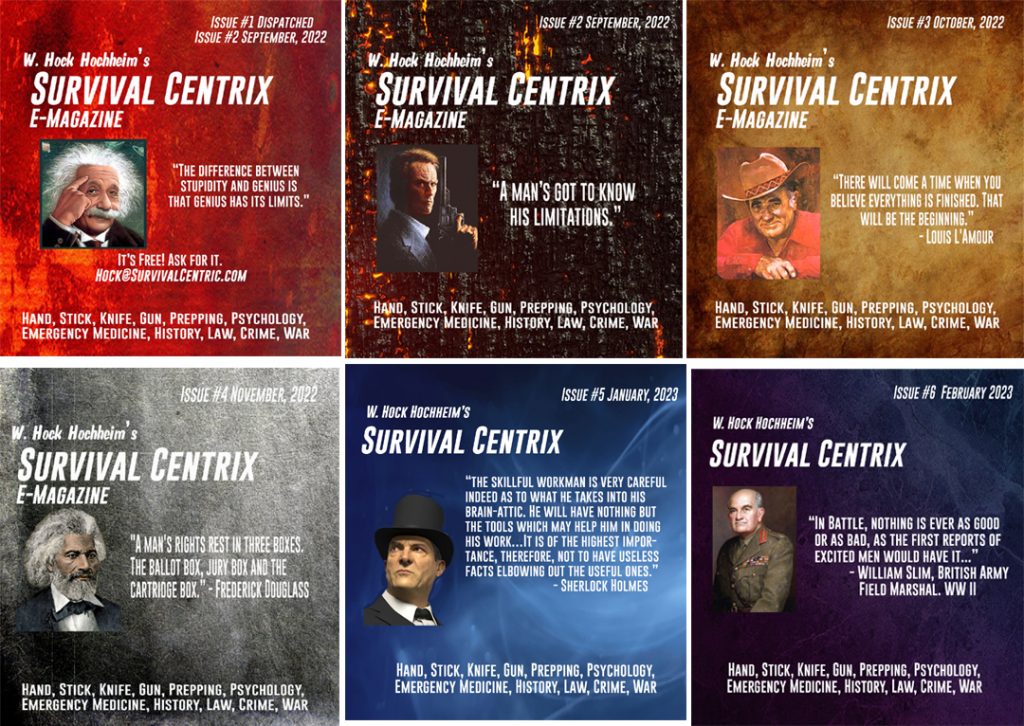
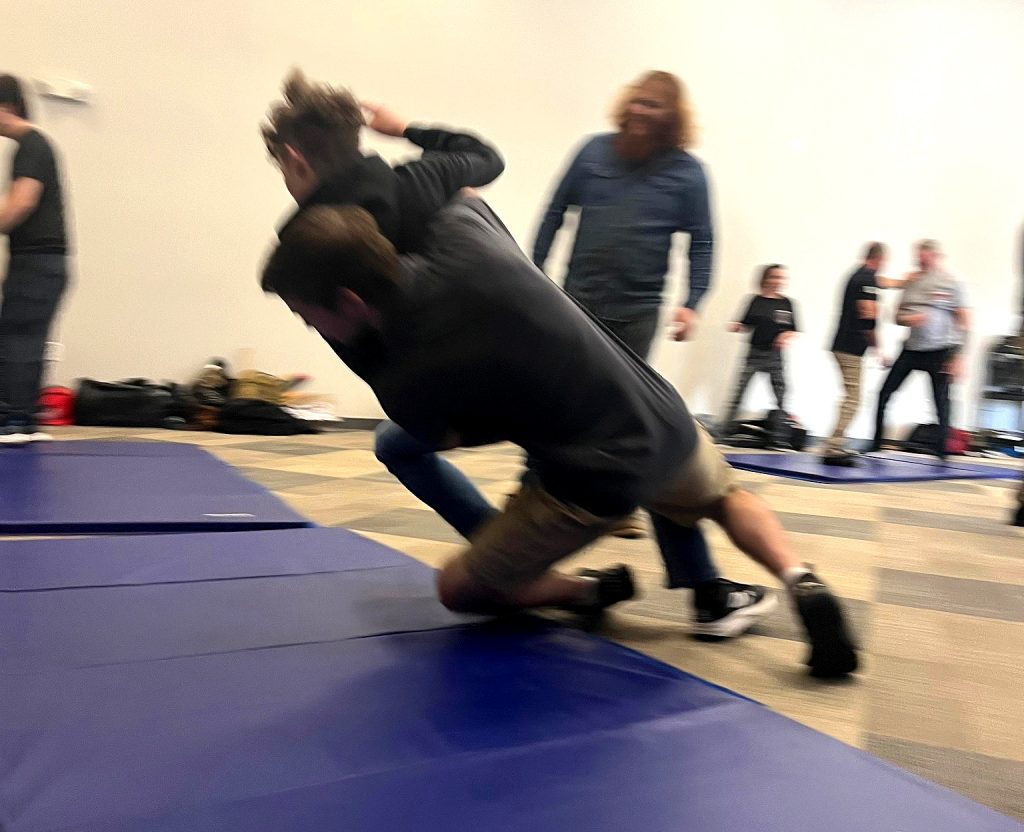
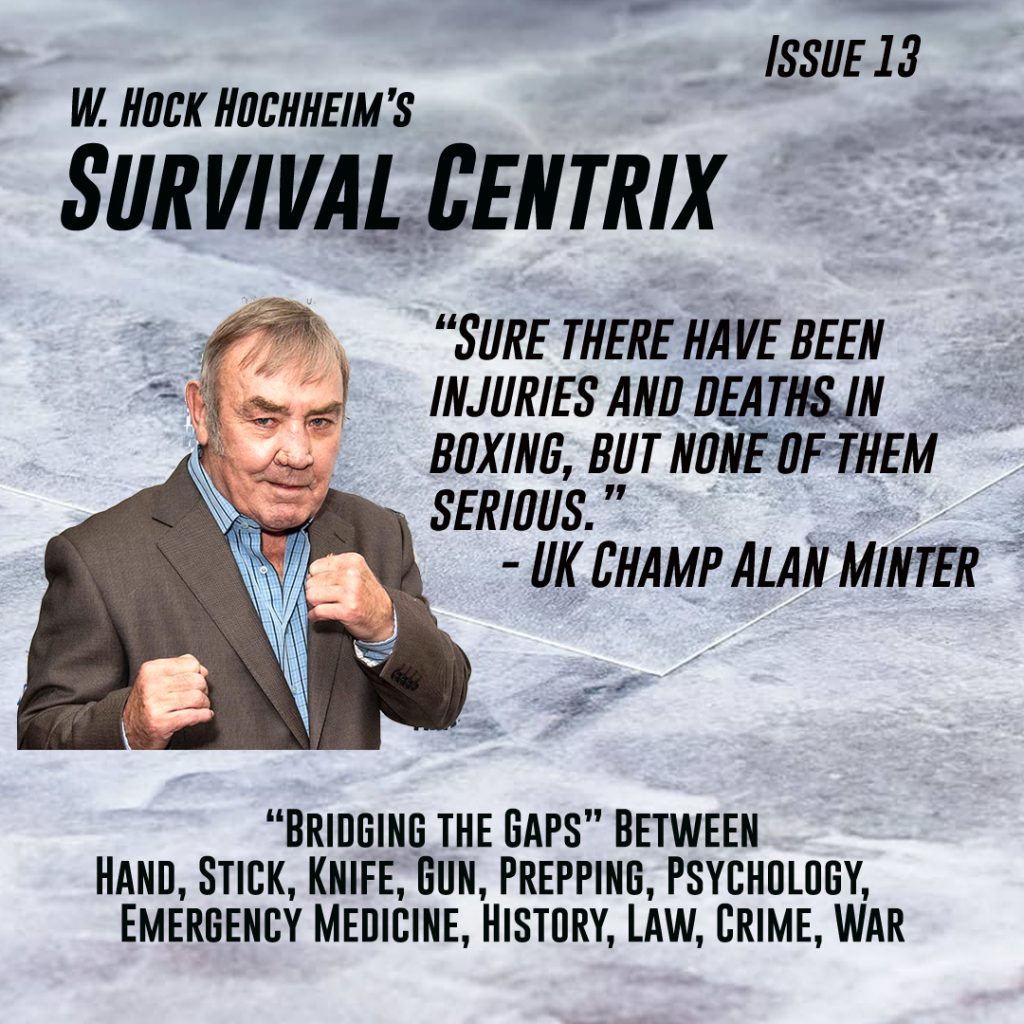

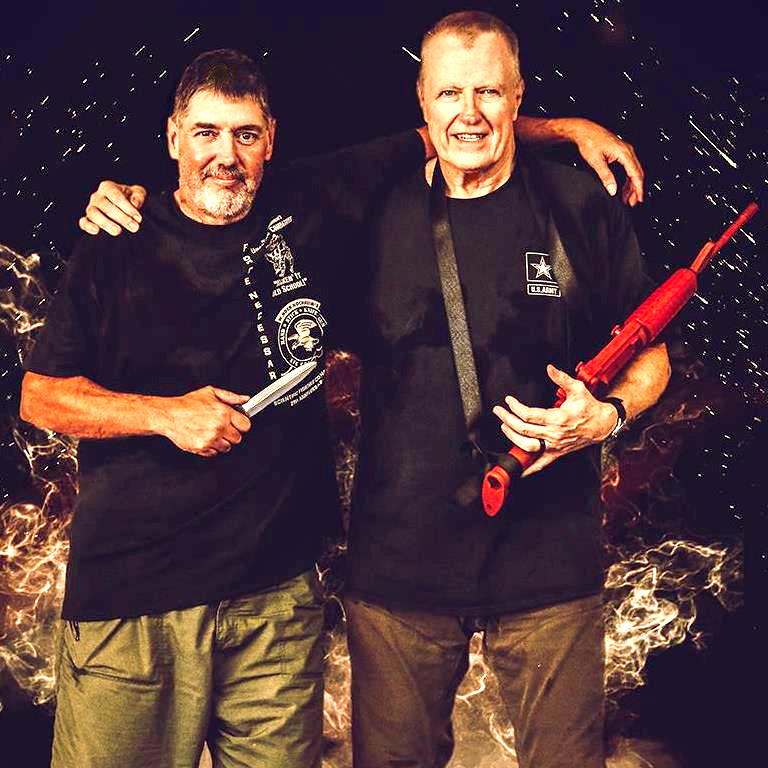
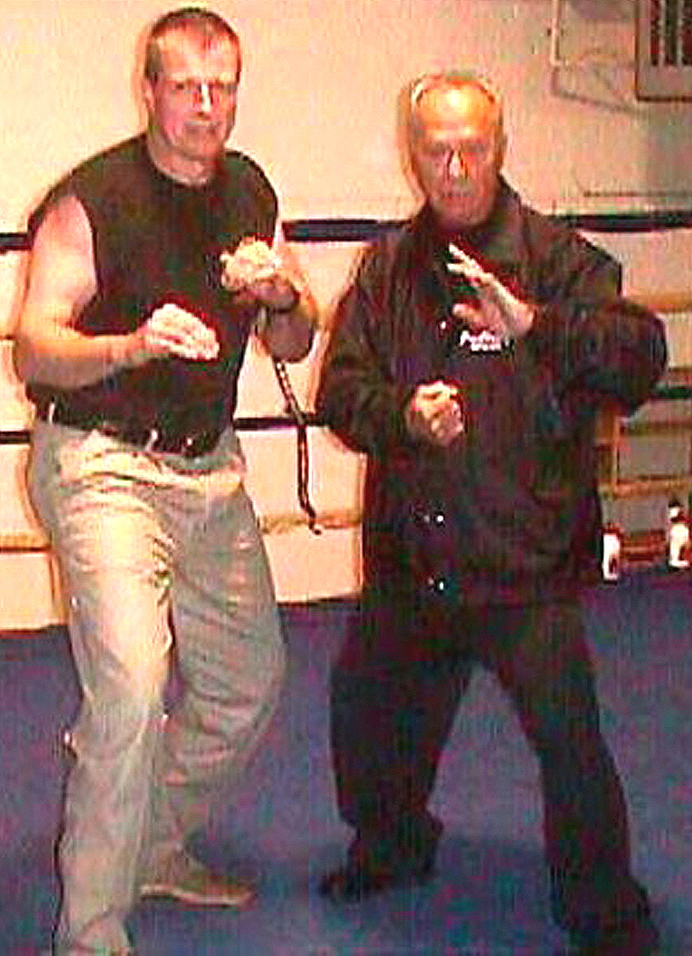
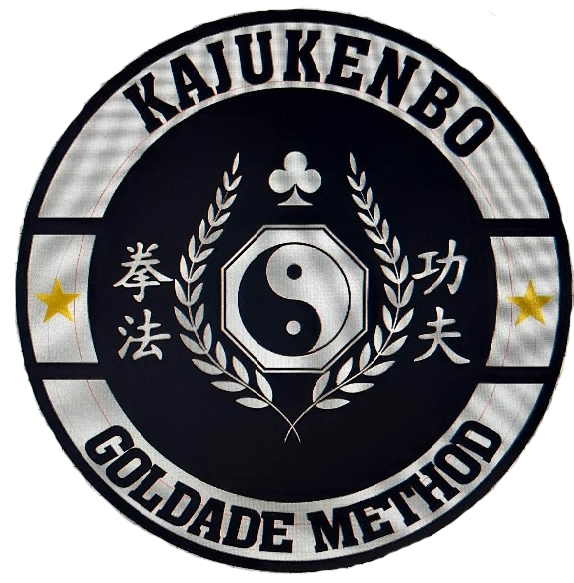
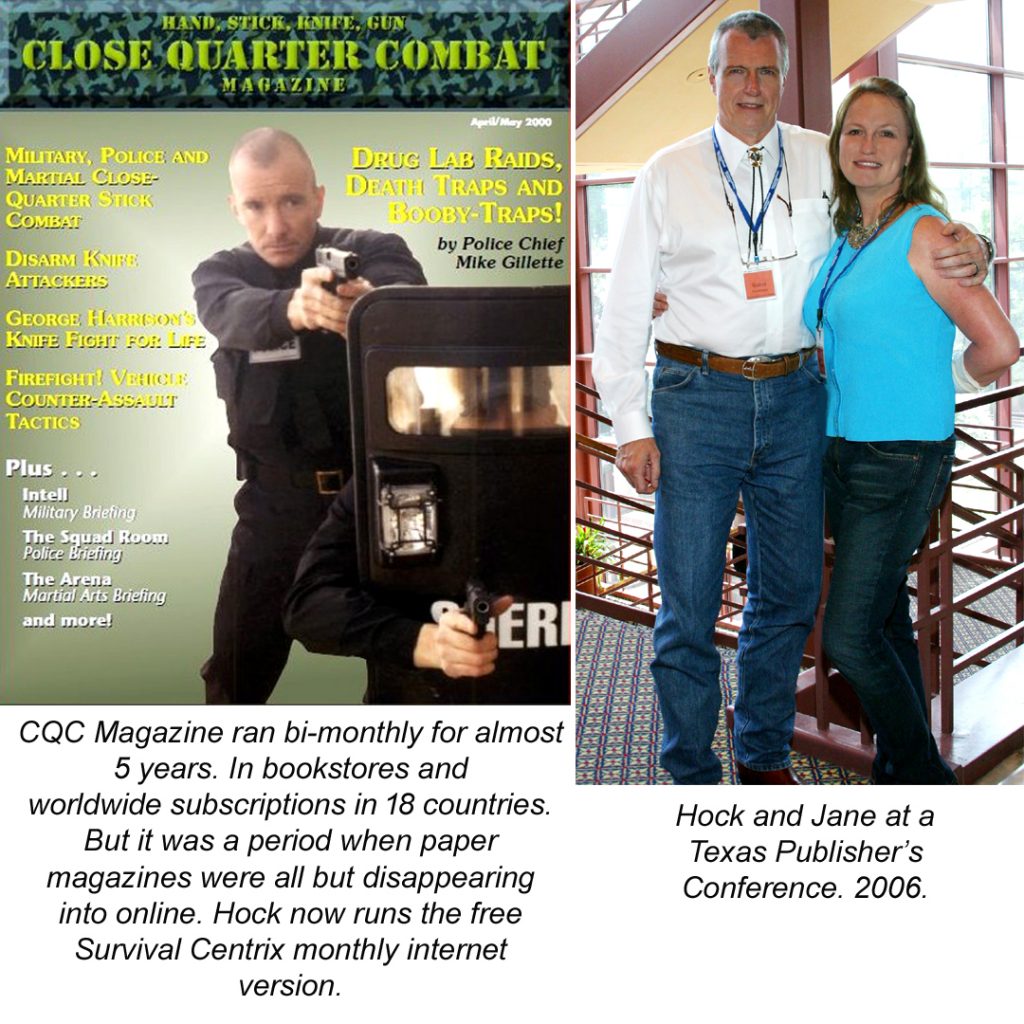
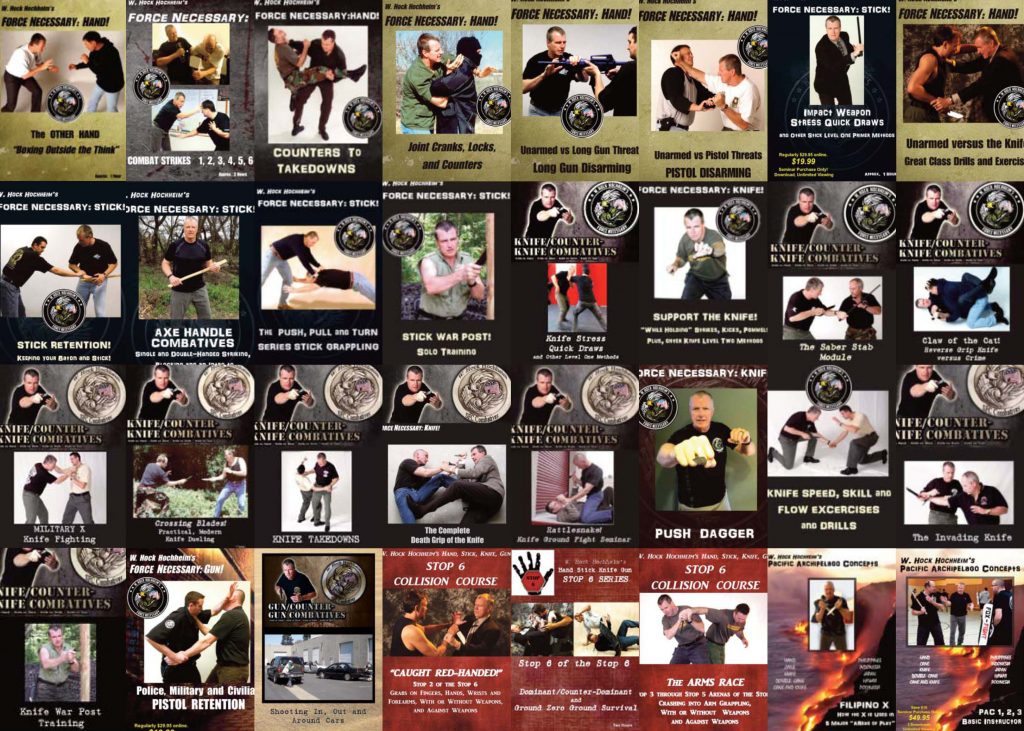
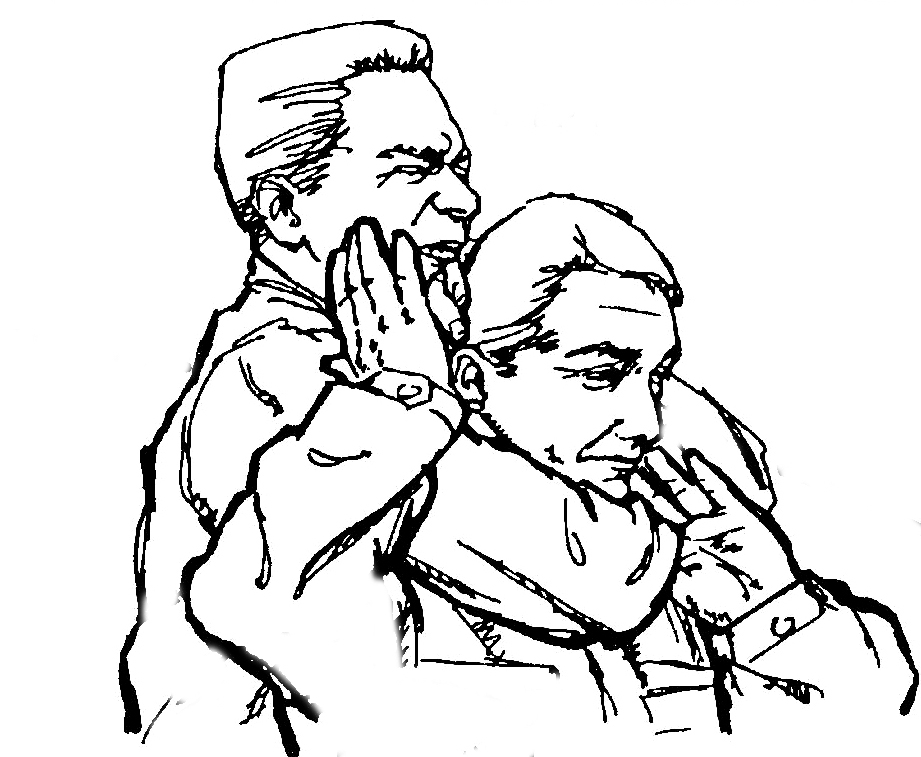
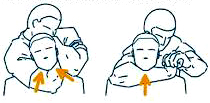
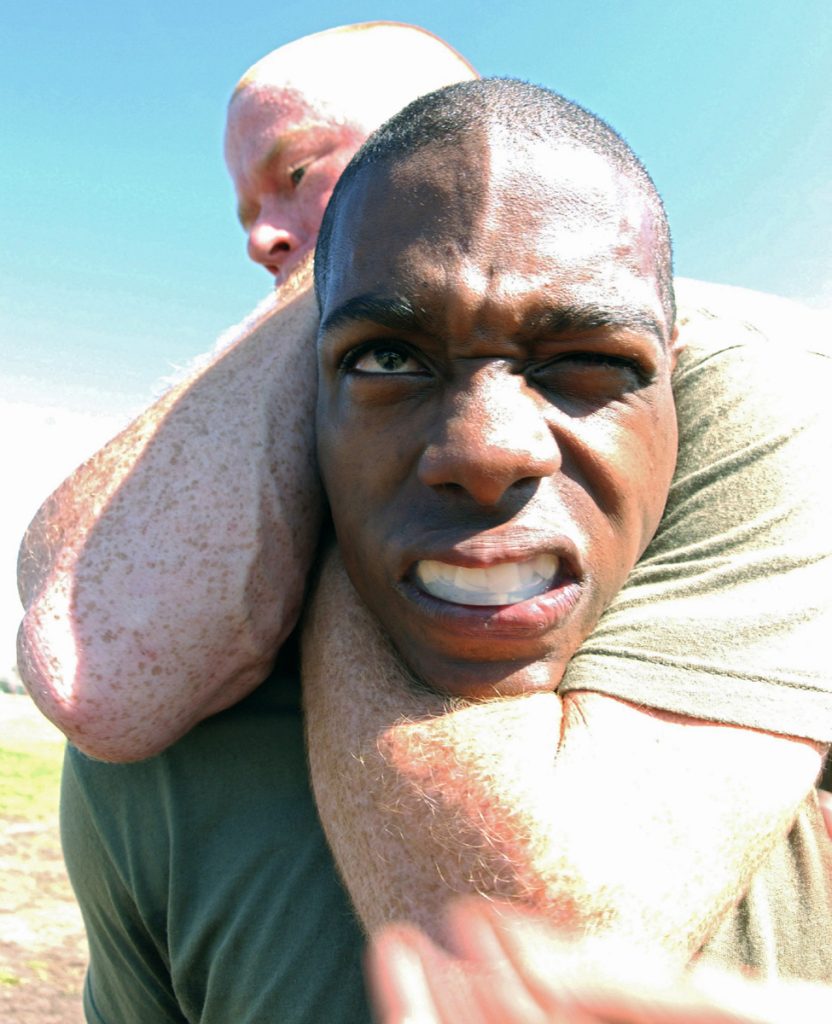
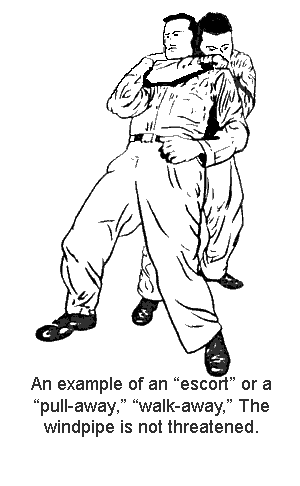 Non-choke neck grabs, restraints and takedowns can look like attempts at unconscious choking, but can be just temporary control measures. You can just remove-escort or takedown people via the neck area without choking them. Or you can follow up a takedown that includes a choke. With your decision to squeeze-choke the neck, your legal and medical strangulation clock is ticking…
Non-choke neck grabs, restraints and takedowns can look like attempts at unconscious choking, but can be just temporary control measures. You can just remove-escort or takedown people via the neck area without choking them. Or you can follow up a takedown that includes a choke. With your decision to squeeze-choke the neck, your legal and medical strangulation clock is ticking…
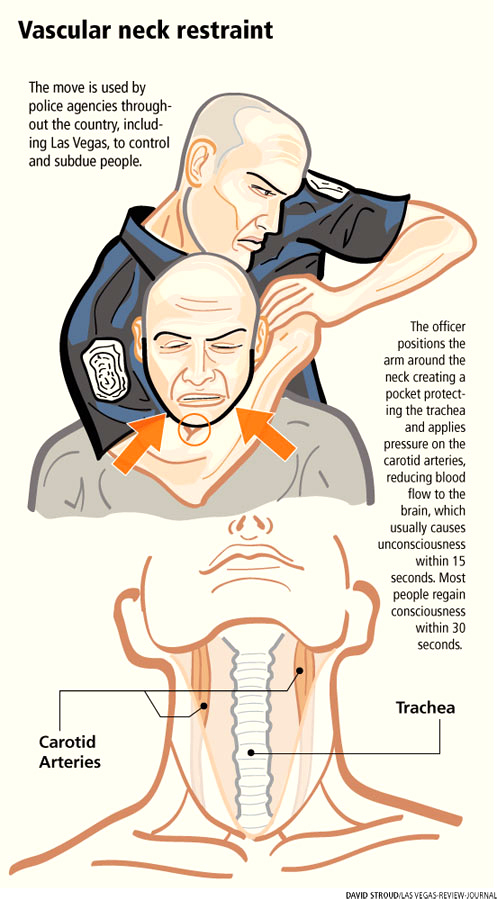
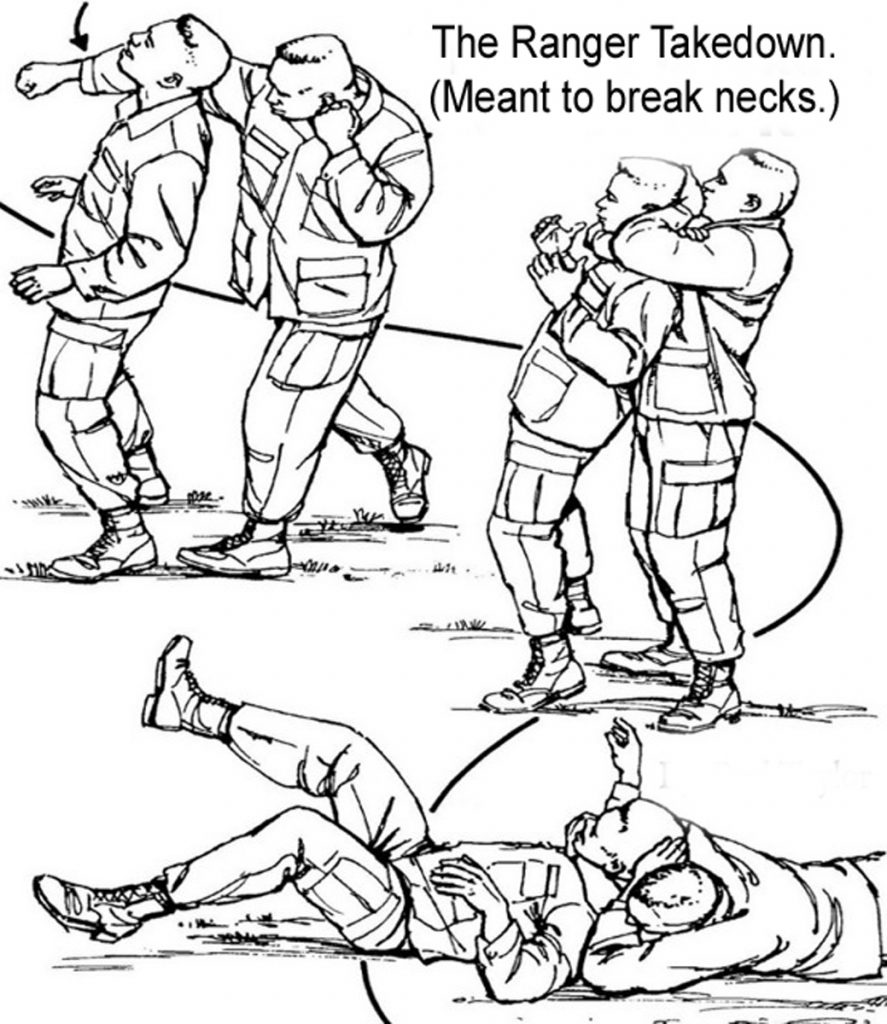 The most damaging neck takedown I have seen and had done on me, thankfully incorrectly, is what was once called the “Ranger Takedown.”
The most damaging neck takedown I have seen and had done on me, thankfully incorrectly, is what was once called the “Ranger Takedown.” 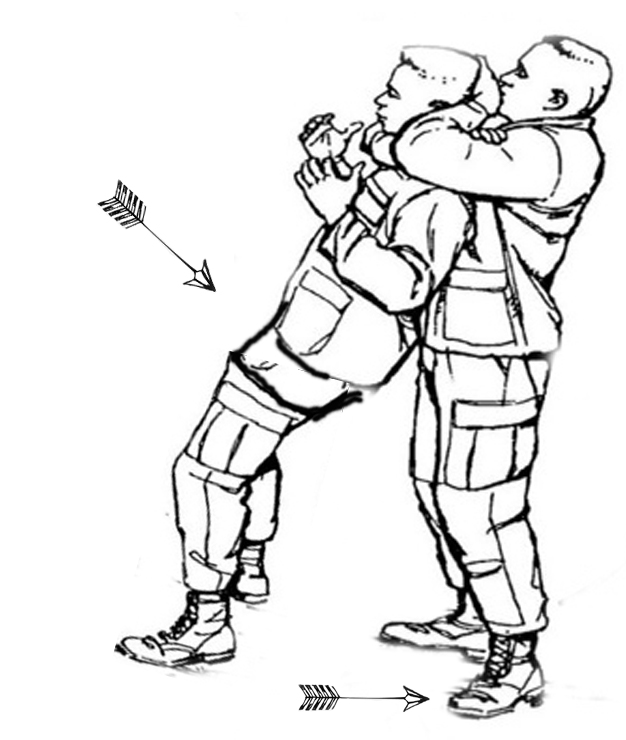 I tell you this to explain the worst-case scenario of what a single arm, (or double arm,) rear neck-wrap takedown can do at its most “bone-damaging.” You can still single or double arm throat pull, slower, and NOT land flat down into this death move, but rather make space and pull him slowly down on his back, with you remaining bent-half-standing or kneeling. Blood choke if you must, but let go at the right instant.
I tell you this to explain the worst-case scenario of what a single arm, (or double arm,) rear neck-wrap takedown can do at its most “bone-damaging.” You can still single or double arm throat pull, slower, and NOT land flat down into this death move, but rather make space and pull him slowly down on his back, with you remaining bent-half-standing or kneeling. Blood choke if you must, but let go at the right instant.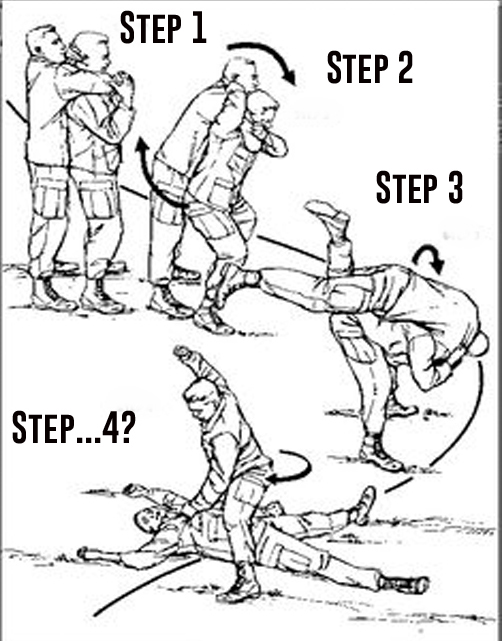 Worrying about the counters… Through the decades in training various counters to chokes and side neck guillotines, I noticed that complying savvy workout partners, always let go of their friend-trainee’s necks when they are flipped or tripped. I don’t think many real-world opponent’s will let go of your neck, instead they reflexively hang on (to anything!) as they lose their balance. This means serious neck cranks, not seen or warned in training class. This innocent-helpful, classroom, “let go” practice leads to misleading and dangerous reality results. There is a lot that can happen between step 3 and step 4, in the drawing to right-above. After issuing similar safety concerns publically about this in the past, I received numerous reports of minor to major injuries from people countering chokes in classes. (I also heard from macho, low I.Q., half-wits denouncing me as a wus. Do they denounce Bass Rutten as a wus too?)
Worrying about the counters… Through the decades in training various counters to chokes and side neck guillotines, I noticed that complying savvy workout partners, always let go of their friend-trainee’s necks when they are flipped or tripped. I don’t think many real-world opponent’s will let go of your neck, instead they reflexively hang on (to anything!) as they lose their balance. This means serious neck cranks, not seen or warned in training class. This innocent-helpful, classroom, “let go” practice leads to misleading and dangerous reality results. There is a lot that can happen between step 3 and step 4, in the drawing to right-above. After issuing similar safety concerns publically about this in the past, I received numerous reports of minor to major injuries from people countering chokes in classes. (I also heard from macho, low I.Q., half-wits denouncing me as a wus. Do they denounce Bass Rutten as a wus too?) 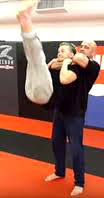 Even MMA great Bass Rutten wisely warns on record and on film, after demonstrating counter-choke flips like the ones shown on the right and above, that you might break your neck if the choker holds on as he flips. Needless to say a taller, stronger, heavier enemy probably won’t be so easily flipped over you. And, your body drop to flip him over could leave you… “hanging.” All practitioners should examine suggested choke counters for neck safety.
Even MMA great Bass Rutten wisely warns on record and on film, after demonstrating counter-choke flips like the ones shown on the right and above, that you might break your neck if the choker holds on as he flips. Needless to say a taller, stronger, heavier enemy probably won’t be so easily flipped over you. And, your body drop to flip him over could leave you… “hanging.” All practitioners should examine suggested choke counters for neck safety. 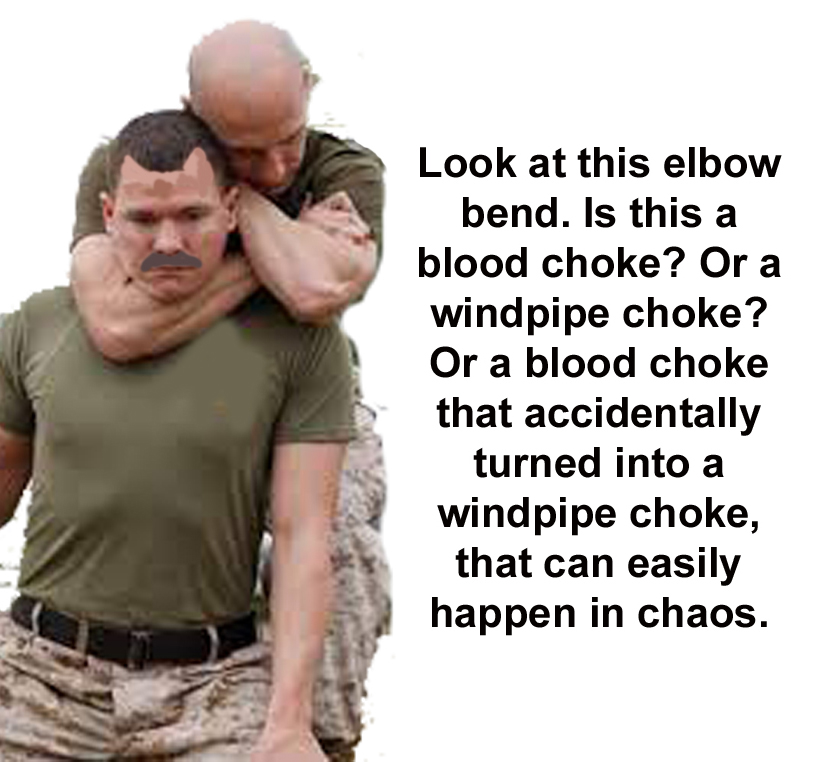 There are some departments that allow these no-choke, neck-grabs and even neck-squeezing controls on unruly suspects and detainees, and a tiny percentage of people continue to suffer temporary and-or grave injury and death. Due to these virtually devastating socio-political problems from these “I can’t breathe” accidental deaths, and due to the rodeo-like wrestling of suspects, a blood choke can often accidentally twist and slip into a throat choke-crush. Because of this slipping mishap, I must warn police administrations against the common use of chokes in less-than-lethal situations. This usually translates to an admin – “leave the whole neck alone unless you are being killed” policy. Don’t blame me for my warning. Train your troops!
There are some departments that allow these no-choke, neck-grabs and even neck-squeezing controls on unruly suspects and detainees, and a tiny percentage of people continue to suffer temporary and-or grave injury and death. Due to these virtually devastating socio-political problems from these “I can’t breathe” accidental deaths, and due to the rodeo-like wrestling of suspects, a blood choke can often accidentally twist and slip into a throat choke-crush. Because of this slipping mishap, I must warn police administrations against the common use of chokes in less-than-lethal situations. This usually translates to an admin – “leave the whole neck alone unless you are being killed” policy. Don’t blame me for my warning. Train your troops!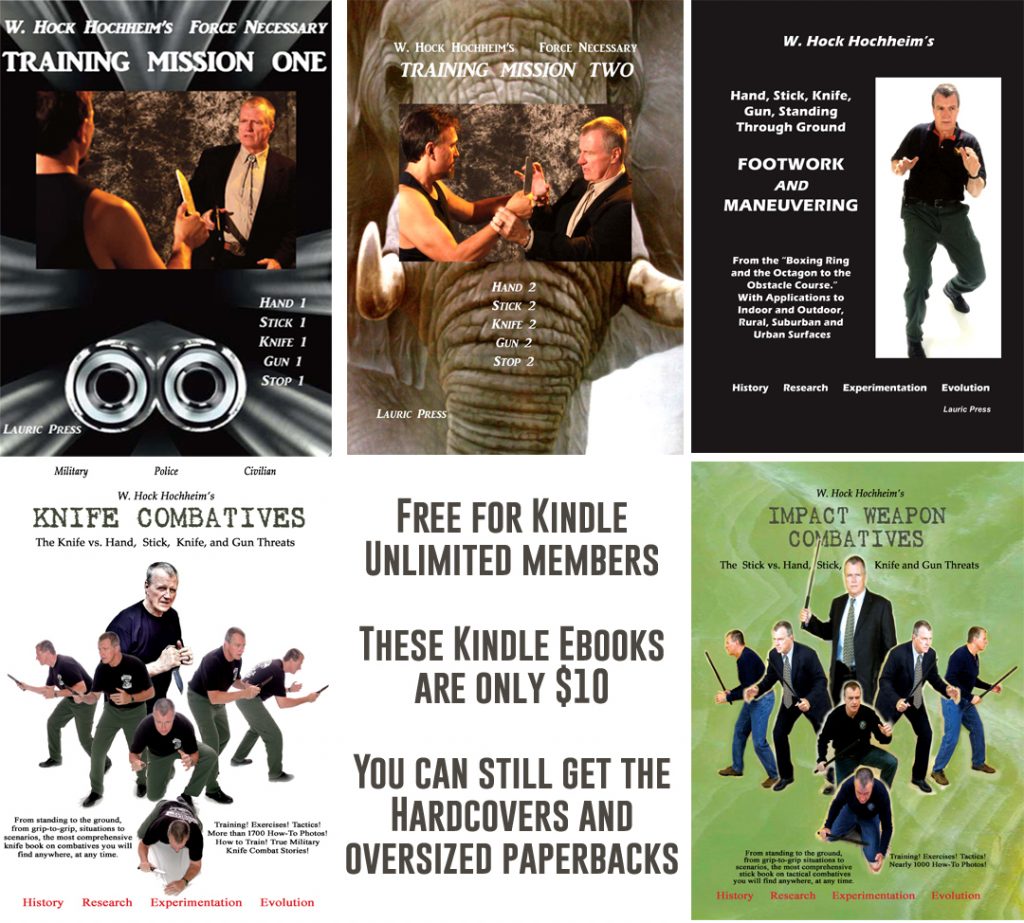
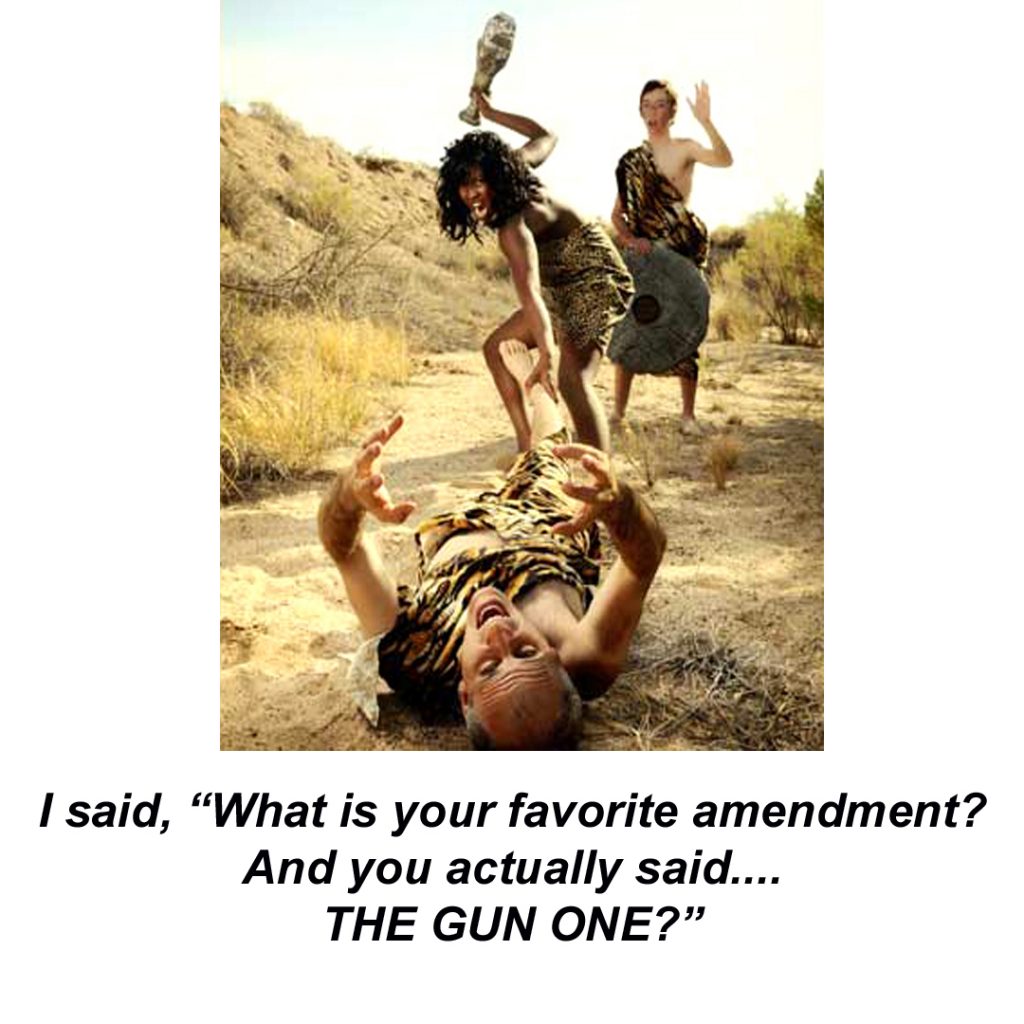 I am again hearing the start of Presidential nominee campaigns and that one cute repeated question, “What is your favorite Constitutional amendment?” I sometimes wonder how I suddenly would answer that question. In a strange way it’s like asking,
I am again hearing the start of Presidential nominee campaigns and that one cute repeated question, “What is your favorite Constitutional amendment?” I sometimes wonder how I suddenly would answer that question. In a strange way it’s like asking,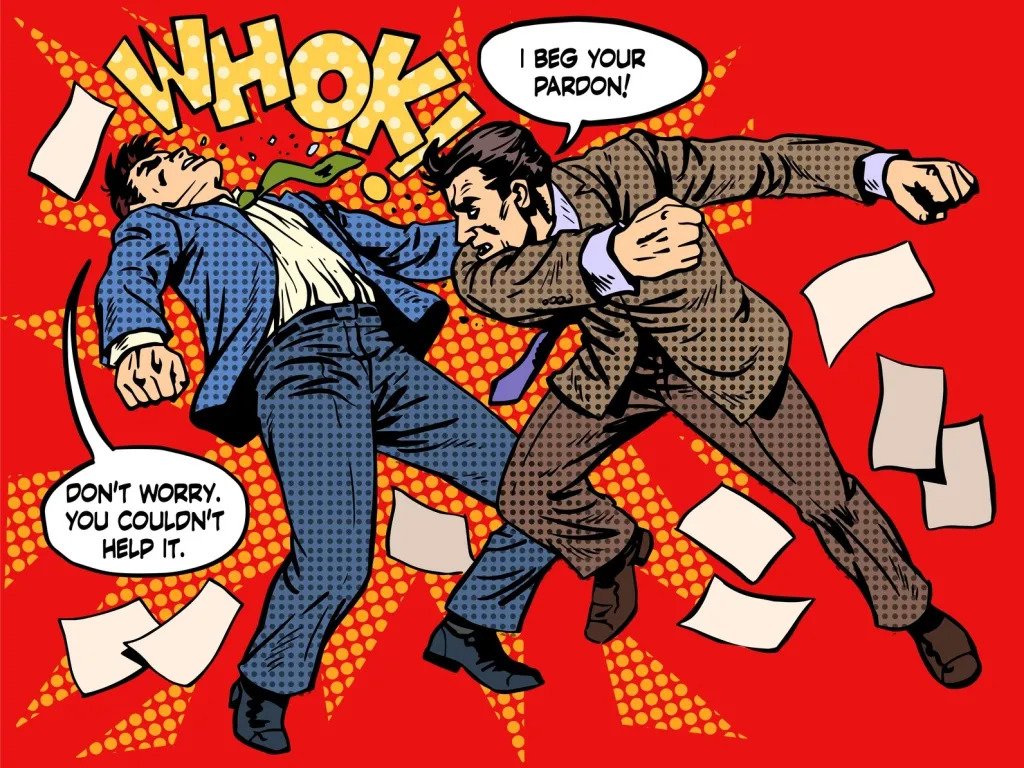
 There are so many examples of this routinely happening. We are probably all familair with misguided use of martial material applications. Look at the May, 2023 case, poor, well-meaning, former Marine case on the New York Subway, choking a crazy guy accidentally to death. Recently again in May, 2023, a woman was attacked by an immigrant in Denmark, an attempted rape. As he tore off her clothes, she sprayed him with pepper spray. Now she is under arrest for illegally carrying pepper spray! The rape suspect escaped. Too many examples to list.
There are so many examples of this routinely happening. We are probably all familair with misguided use of martial material applications. Look at the May, 2023 case, poor, well-meaning, former Marine case on the New York Subway, choking a crazy guy accidentally to death. Recently again in May, 2023, a woman was attacked by an immigrant in Denmark, an attempted rape. As he tore off her clothes, she sprayed him with pepper spray. Now she is under arrest for illegally carrying pepper spray! The rape suspect escaped. Too many examples to list.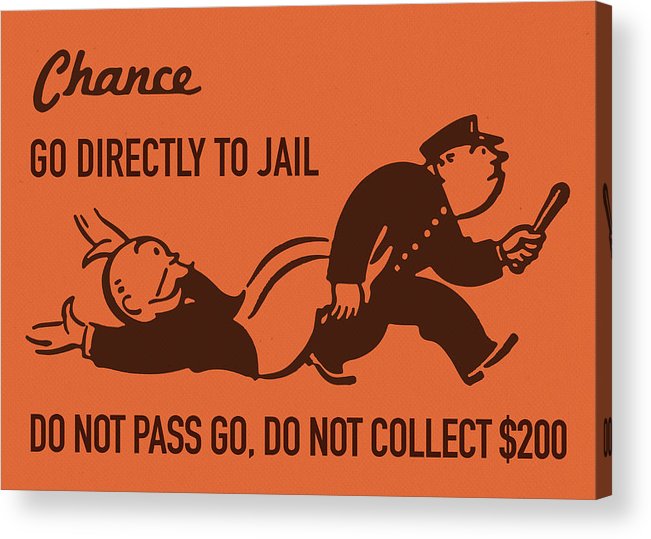 When challenged in court, your system-art will be examined. This does come back to the “What” questions. An instructor-practitioner of any art or system has this responsibility and should answer these “What” questions.
When challenged in court, your system-art will be examined. This does come back to the “What” questions. An instructor-practitioner of any art or system has this responsibility and should answer these “What” questions.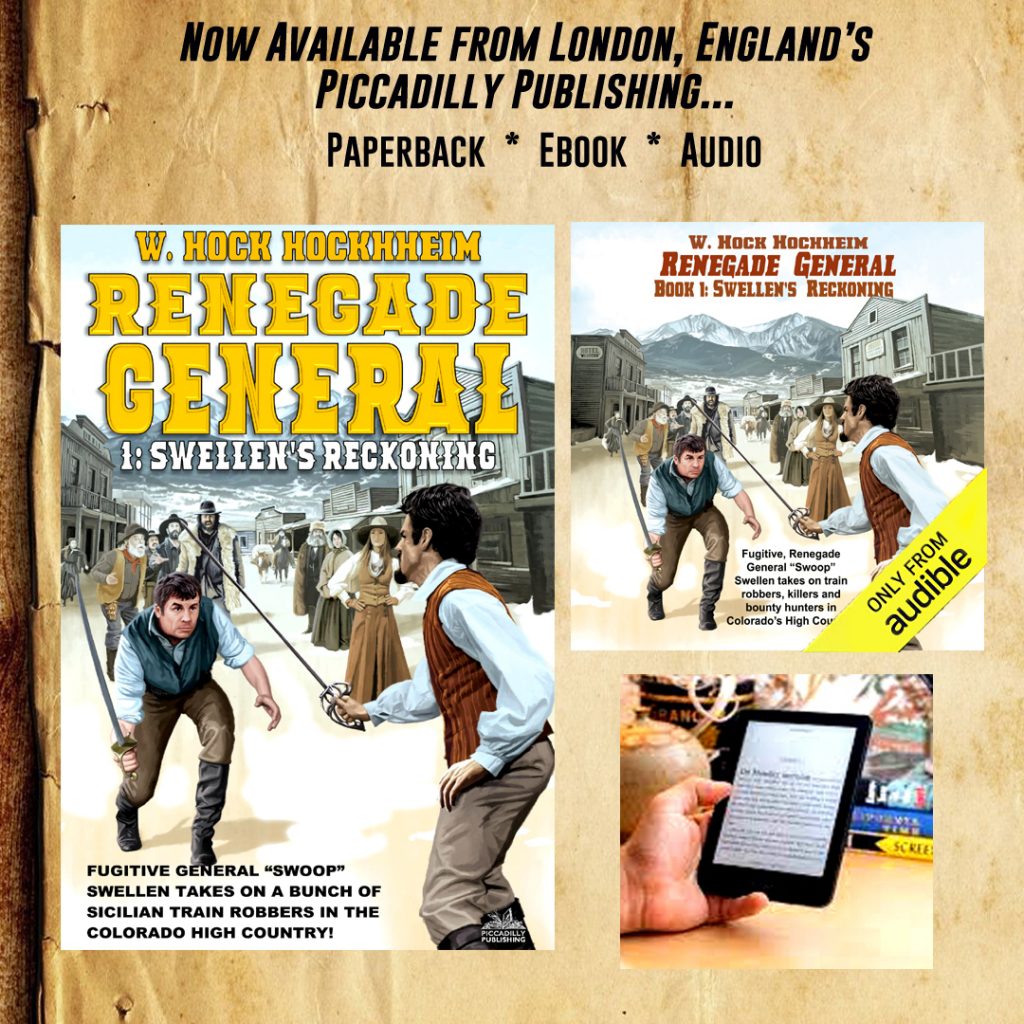
 For one classic explanation, we can learn from Alexander the Great. His army suffered very few casualties and inflicted death upon some say 1.2 million soldiers more in comparison. The differences in death tolls were remarkable.
For one classic explanation, we can learn from Alexander the Great. His army suffered very few casualties and inflicted death upon some say 1.2 million soldiers more in comparison. The differences in death tolls were remarkable. 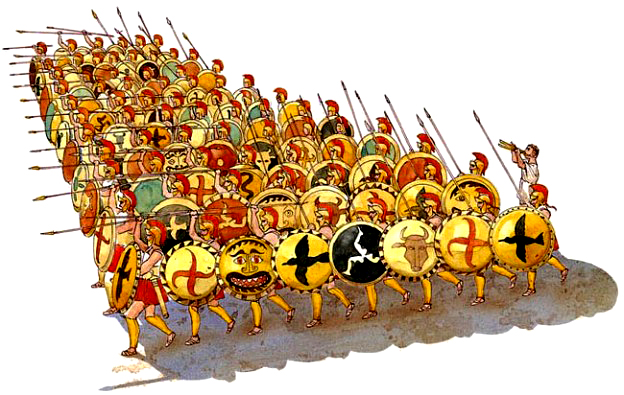 Phalanx, an infantry formation some historians say developed by his father Philip II, then some say the Sumerians. It consisted of blocks of heavily armed infantry standing tightly shoulder to shoulder in files several ranks deep. The blocks advanced. The blocks retreated by remaining in a tight Phalanx, still facing the enemy and moving backwards in formations, rather than splitting up, turning their backs and running away. This organized or orderly retreat principle has held true in crime and war.
Phalanx, an infantry formation some historians say developed by his father Philip II, then some say the Sumerians. It consisted of blocks of heavily armed infantry standing tightly shoulder to shoulder in files several ranks deep. The blocks advanced. The blocks retreated by remaining in a tight Phalanx, still facing the enemy and moving backwards in formations, rather than splitting up, turning their backs and running away. This organized or orderly retreat principle has held true in crime and war.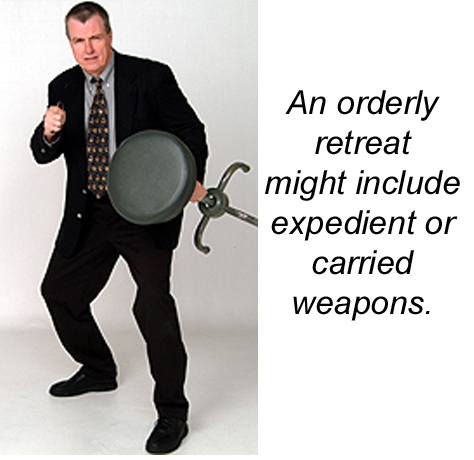 When you turn to leave, it should be done by first backing away to a safe distance and then turning. That’s about the best universal advice we can offer for an orderly retreat, everything else is ever so situational. How do you do this retreat all the time? There is no one universal answer. It is highly situational. After studying the Ws and H retreat questions, then examine these options.
When you turn to leave, it should be done by first backing away to a safe distance and then turning. That’s about the best universal advice we can offer for an orderly retreat, everything else is ever so situational. How do you do this retreat all the time? There is no one universal answer. It is highly situational. After studying the Ws and H retreat questions, then examine these options.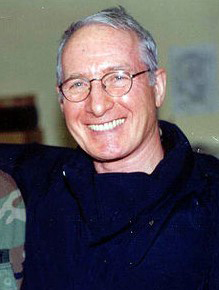 My old friend and advisor Colonel “Hack” Hackworth, vet of WW II, Korea and Vietnam, and at one time, the most decorated U.S. Army soldier, always had a “go to hell,” plan – for when things went to hell and that plan always included the best escape under the worst circumstances. He told me,
My old friend and advisor Colonel “Hack” Hackworth, vet of WW II, Korea and Vietnam, and at one time, the most decorated U.S. Army soldier, always had a “go to hell,” plan – for when things went to hell and that plan always included the best escape under the worst circumstances. He told me, 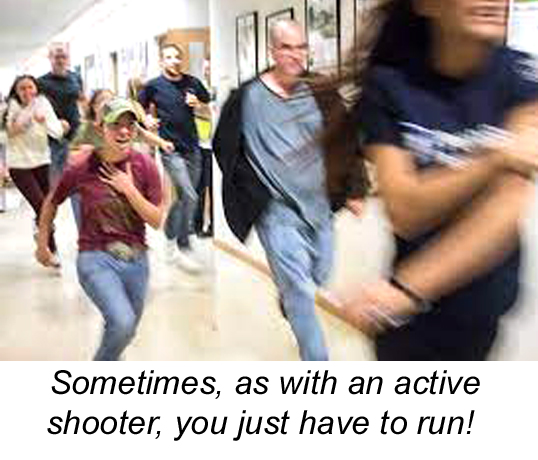 “For he that fights and runs away, May live to fight another day.” This is attributed to Demosthenes, an epic Greek orator. Sometimes even heroes with the most hardcore, “never say die,” mottos are smart to retreat. Every stand-off, showdown and ambush is
“For he that fights and runs away, May live to fight another day.” This is attributed to Demosthenes, an epic Greek orator. Sometimes even heroes with the most hardcore, “never say die,” mottos are smart to retreat. Every stand-off, showdown and ambush is 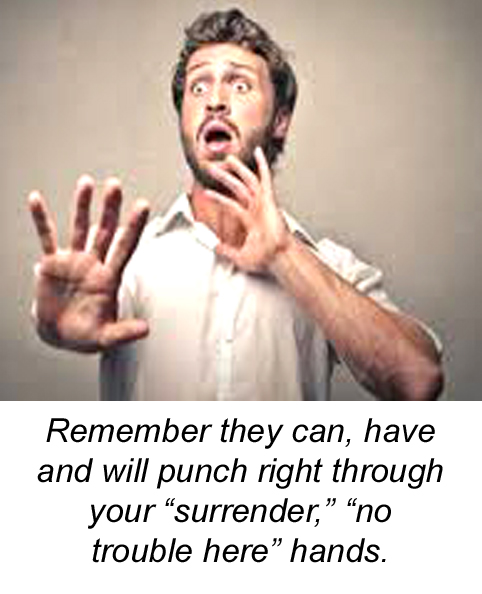 Face the person with words and command presence, a knife, or a stick, or a gun and back away. When a considerable distance is achieved then you might turn and leave. Sometimes with a weapon, you might even successfully order the
Face the person with words and command presence, a knife, or a stick, or a gun and back away. When a considerable distance is achieved then you might turn and leave. Sometimes with a weapon, you might even successfully order the 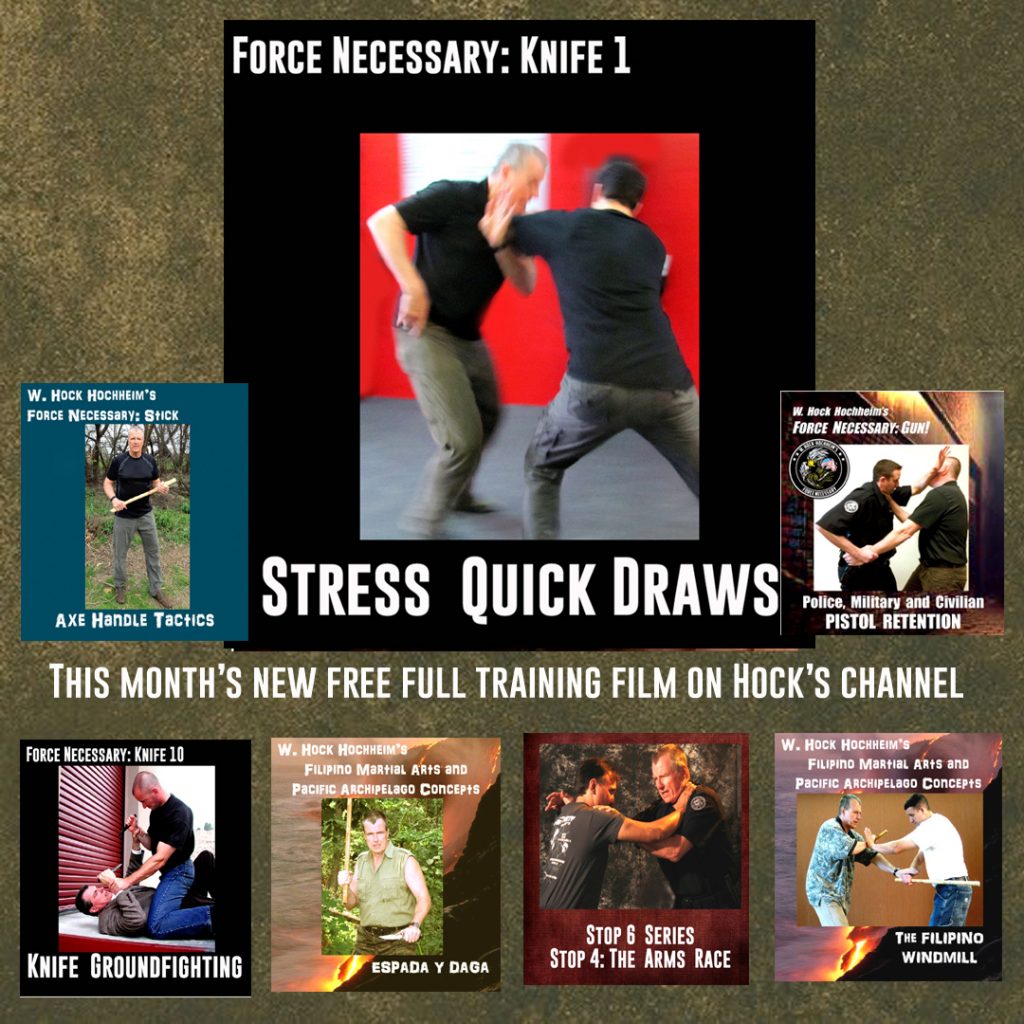
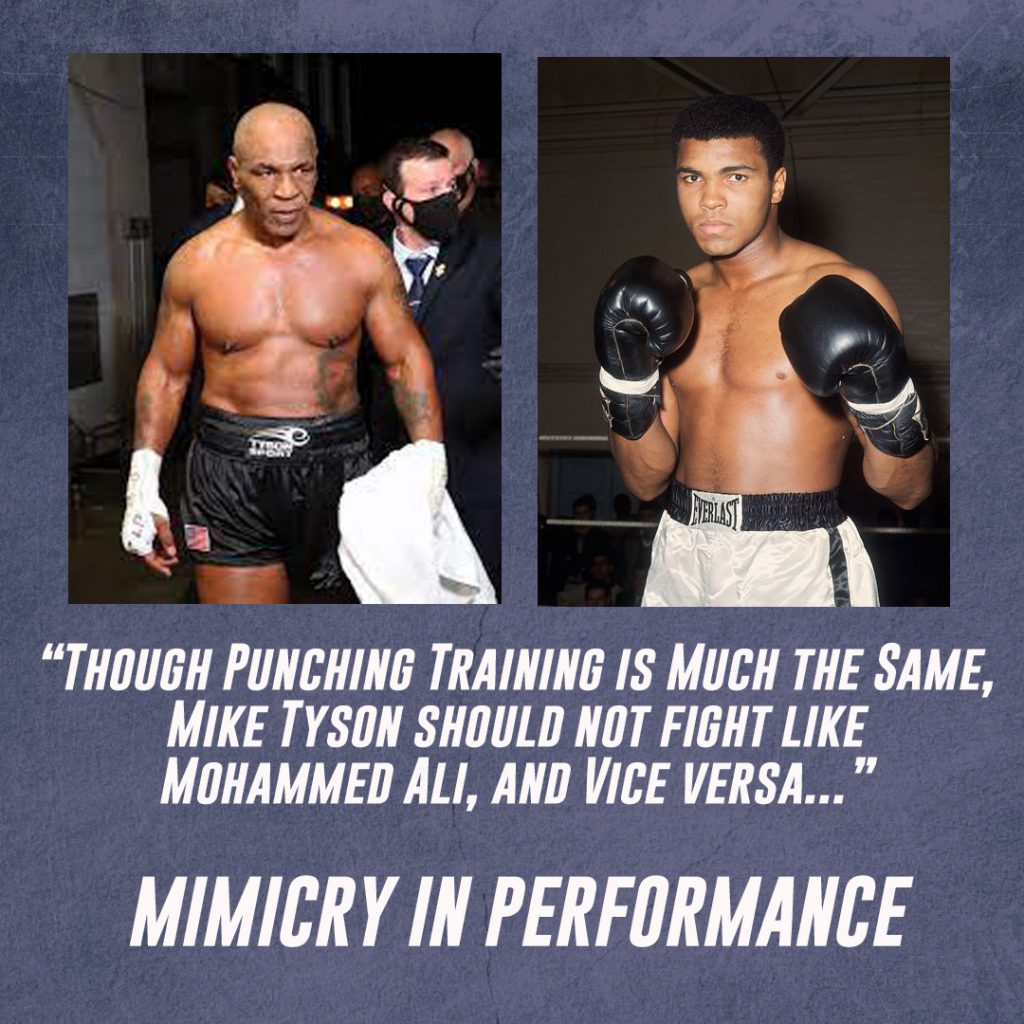
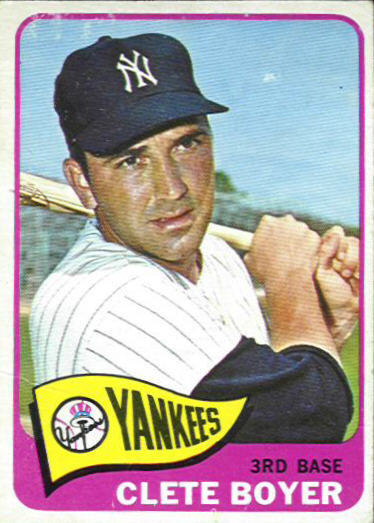 One of my goals was to play third base – “the hot corner” – in baseball. A place known to receive a lot of fast ground balls and line drives. The throw was long to first base. It was a hard position, but I wanted to play there. And I did, especially after my long and lanky teen self had troubles as a catcher, because I was very long and very lanky. Many sports and spots depend on your size and shape. Fact of life. I then mimicked 3rd baseman Clete Boyer of the Yankees and I did well enough. One day I saw Boyer dive full-out to catch a fast foul ball. It was foul! Why not let it go? I realized that inside Boyers mind, at the crack of the bat, he was going to catch EVERY ball that came his way. Every one. He couldn’t stop to think at the hot corner, just – BALL! CATCH! He couldn’t help himself that the ball went foul. He HAD to get it. That idea inspired me. Moved me. An epiphany. No coach ever told me that stuff, told us this stuff. So, I mimicked Clete Boyer, but without step-by-step “teaching technology,” I would never surpass a certain level. It seems epiphanies – those rare emotional, intellectual touchstone, inspirational moments – are rare.
One of my goals was to play third base – “the hot corner” – in baseball. A place known to receive a lot of fast ground balls and line drives. The throw was long to first base. It was a hard position, but I wanted to play there. And I did, especially after my long and lanky teen self had troubles as a catcher, because I was very long and very lanky. Many sports and spots depend on your size and shape. Fact of life. I then mimicked 3rd baseman Clete Boyer of the Yankees and I did well enough. One day I saw Boyer dive full-out to catch a fast foul ball. It was foul! Why not let it go? I realized that inside Boyers mind, at the crack of the bat, he was going to catch EVERY ball that came his way. Every one. He couldn’t stop to think at the hot corner, just – BALL! CATCH! He couldn’t help himself that the ball went foul. He HAD to get it. That idea inspired me. Moved me. An epiphany. No coach ever told me that stuff, told us this stuff. So, I mimicked Clete Boyer, but without step-by-step “teaching technology,” I would never surpass a certain level. It seems epiphanies – those rare emotional, intellectual touchstone, inspirational moments – are rare. Teaching I.Q.? Teaching technology? Take Willie Stargell for exampIe. I also followed Stargell of the Pittsburg Pirates. I stumbled upon a book about Stargell – there were several – and for the first time this particular writer discussed a performance shift in his aging career. He’d had an amazing career but suffered the usual slowdown with age. The Pirates were looking to move him to first base and maybe even benching him some. But that winter, many, many decades ago, Stargell attended one of the first baseball training camps, which at the time, way back when, were new and ignored, but Willie paid in.
Teaching I.Q.? Teaching technology? Take Willie Stargell for exampIe. I also followed Stargell of the Pittsburg Pirates. I stumbled upon a book about Stargell – there were several – and for the first time this particular writer discussed a performance shift in his aging career. He’d had an amazing career but suffered the usual slowdown with age. The Pirates were looking to move him to first base and maybe even benching him some. But that winter, many, many decades ago, Stargell attended one of the first baseball training camps, which at the time, way back when, were new and ignored, but Willie paid in.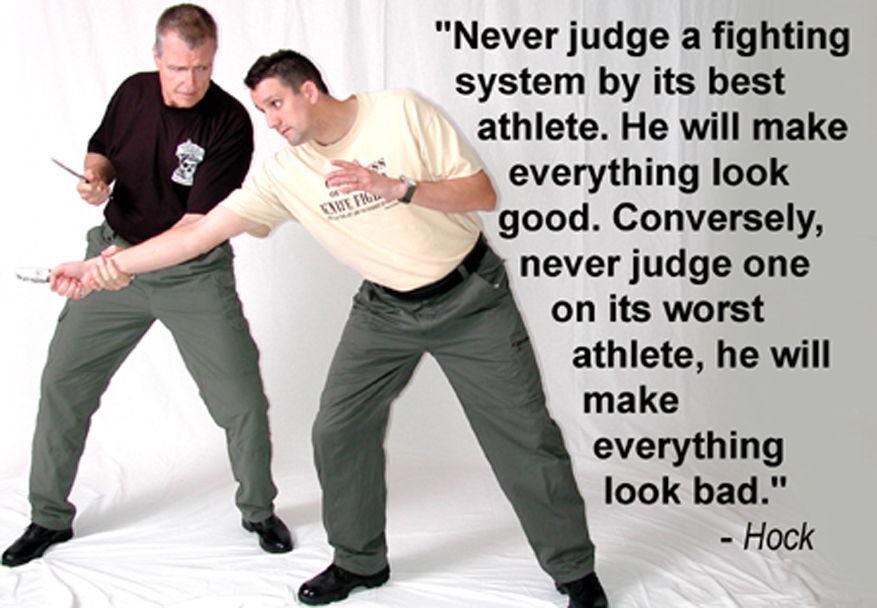
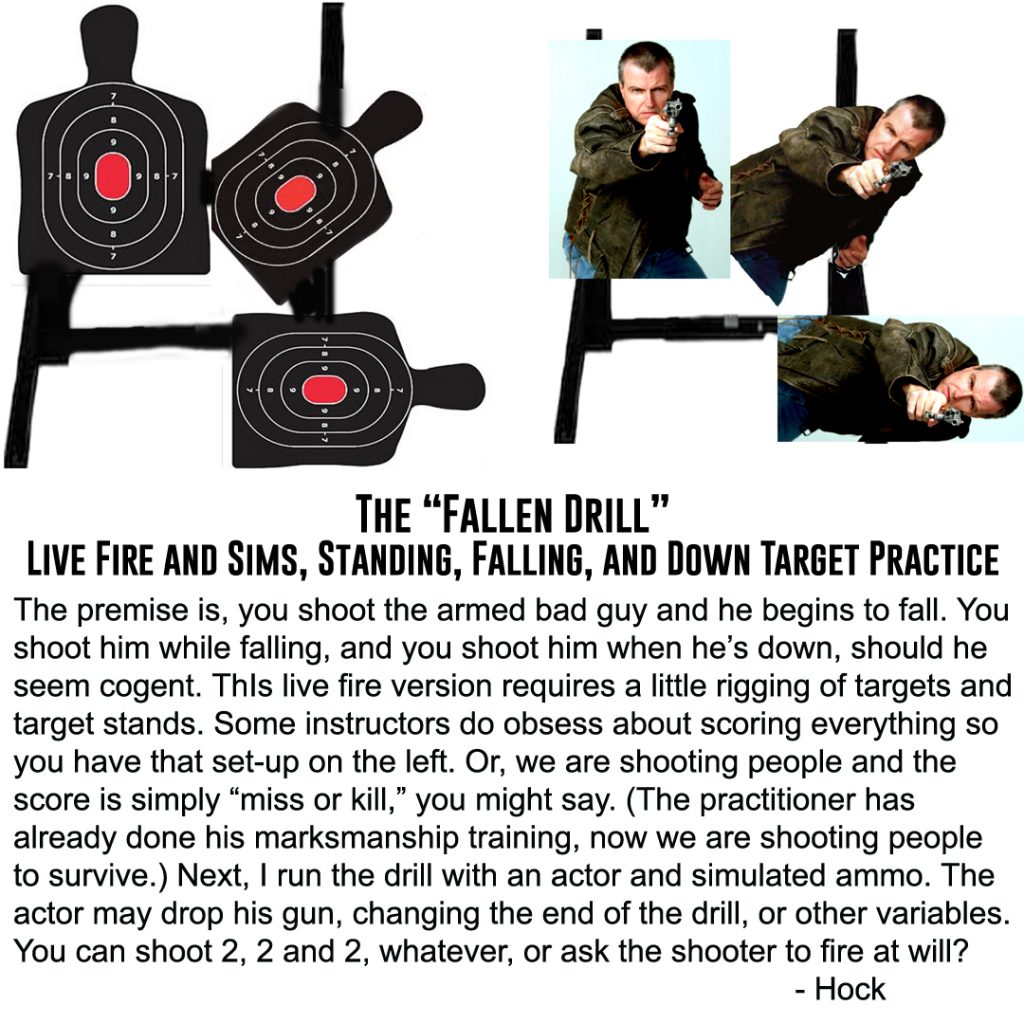
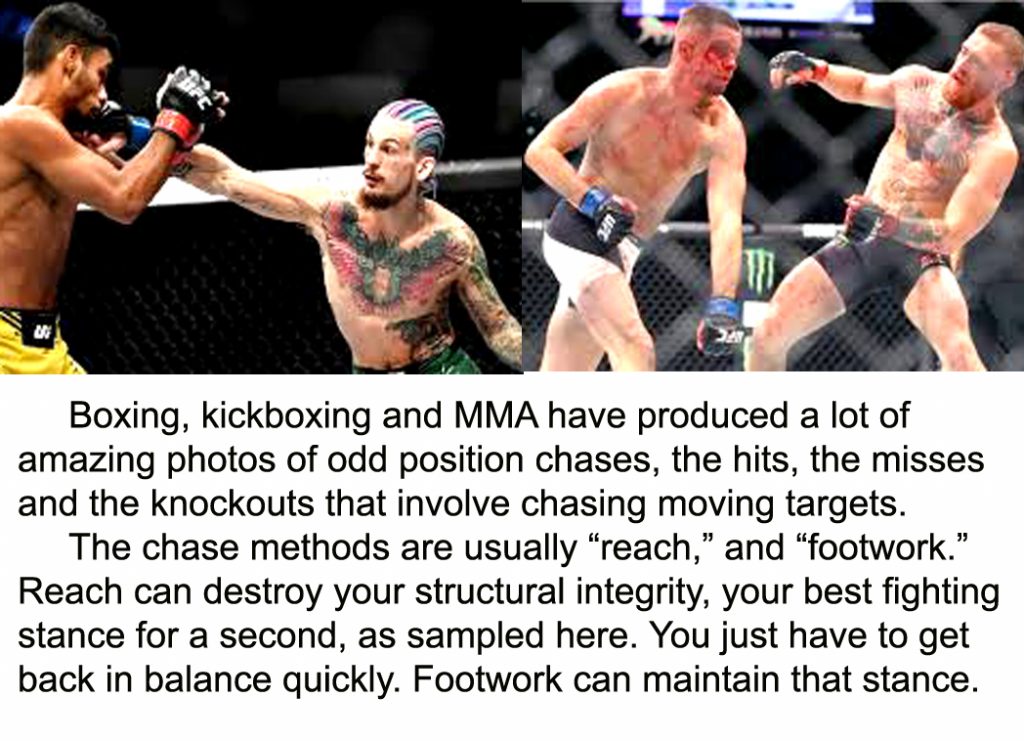
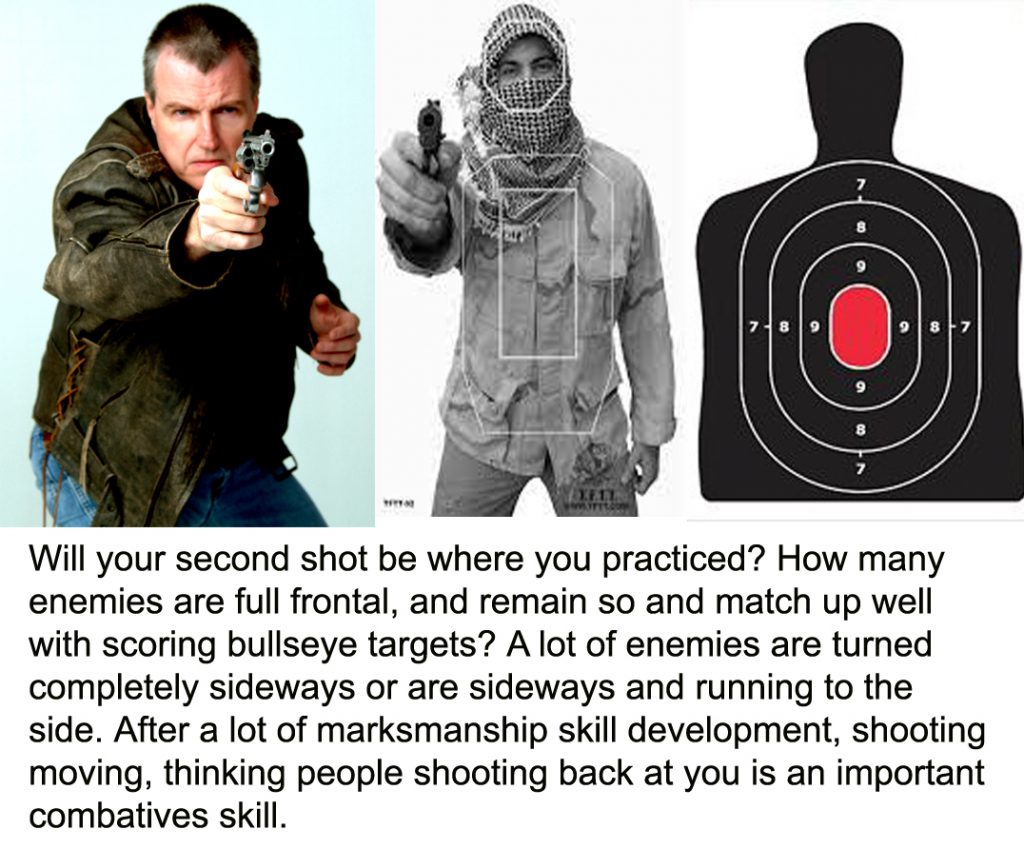
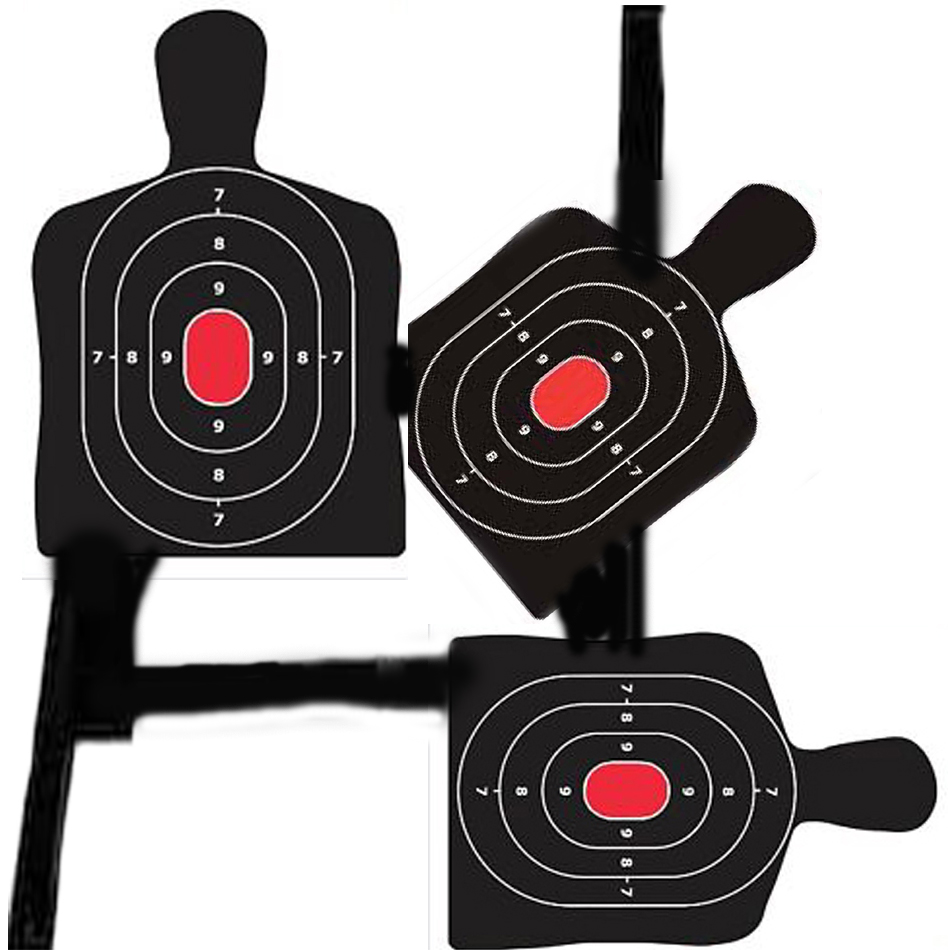 Bullseyes or human figures? Since some instructors do obsess about scoring, scoring, scoring any and everything, we have the mode on the left. Note these have no weapons. Me no “likey.” I prefer folks shoot at armed human, photo, figures. And these bullseye targets are full, frontal flat and I am uncomfortable with that too.
Bullseyes or human figures? Since some instructors do obsess about scoring, scoring, scoring any and everything, we have the mode on the left. Note these have no weapons. Me no “likey.” I prefer folks shoot at armed human, photo, figures. And these bullseye targets are full, frontal flat and I am uncomfortable with that too.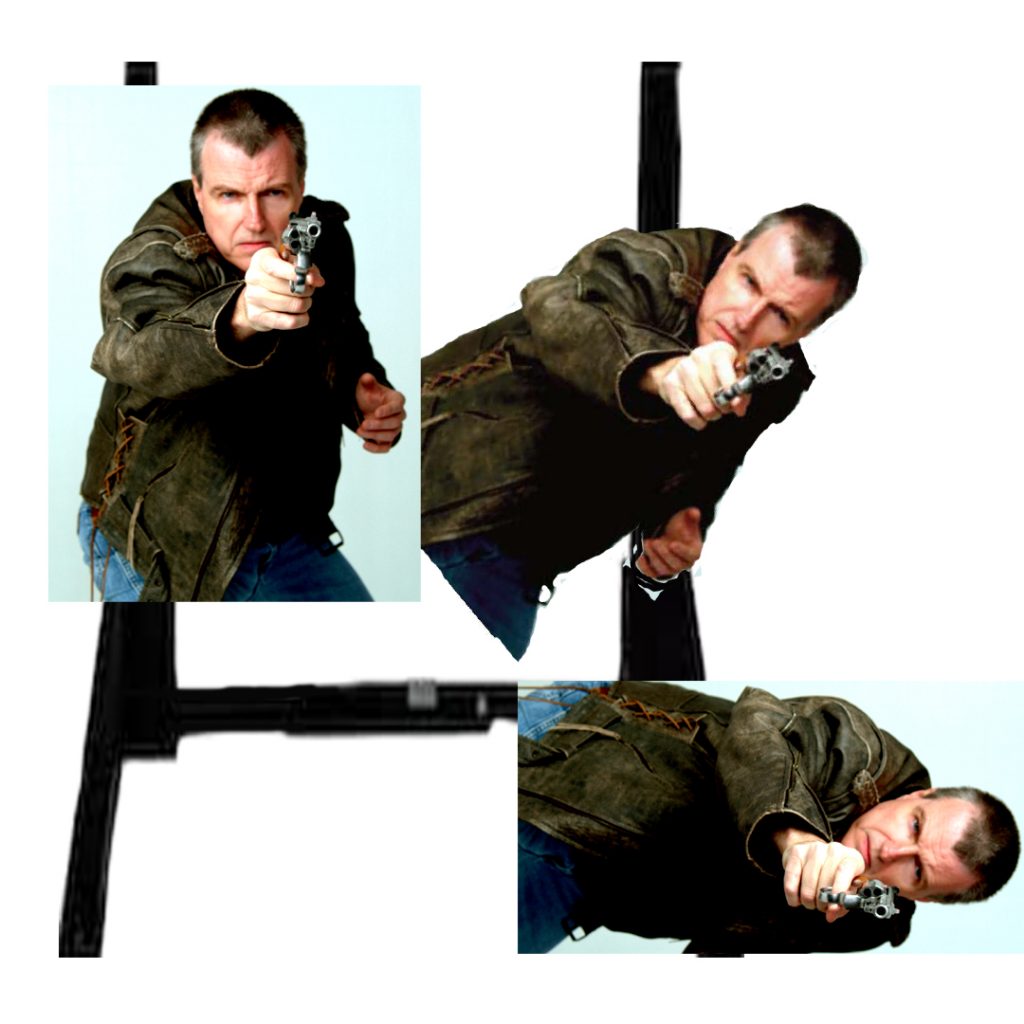 For combatives, photos of real people, (not drawings) angled and holding weapons on the targets, is “reducing the abstract.”
For combatives, photos of real people, (not drawings) angled and holding weapons on the targets, is “reducing the abstract.”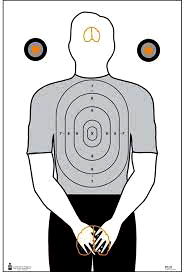
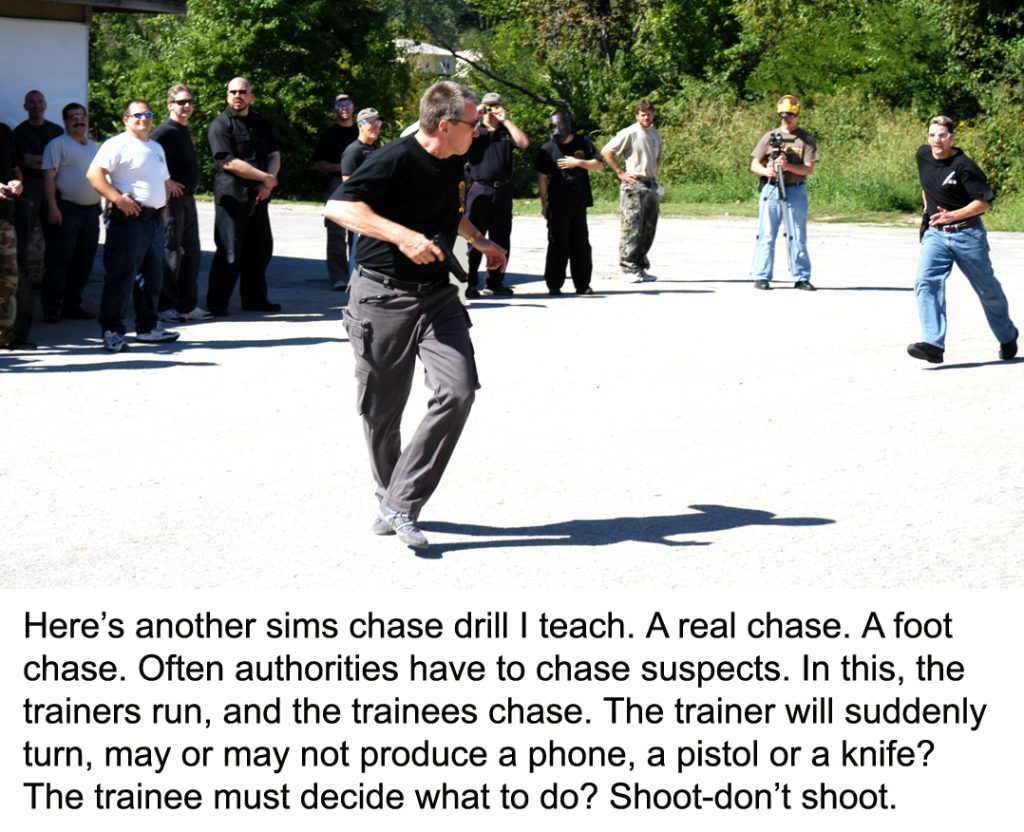

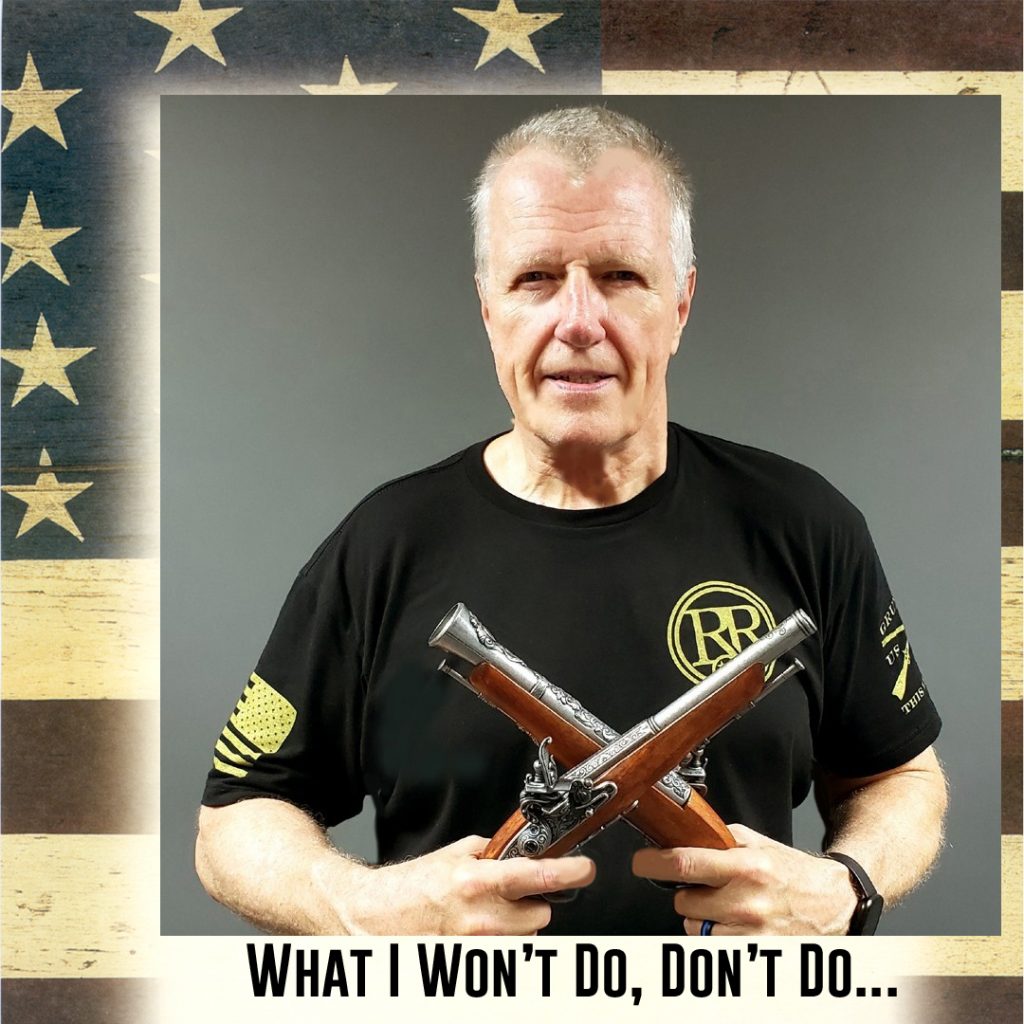
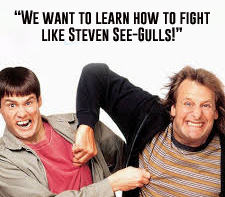
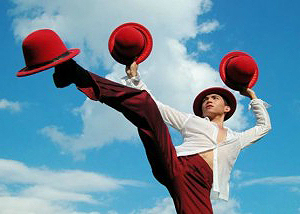
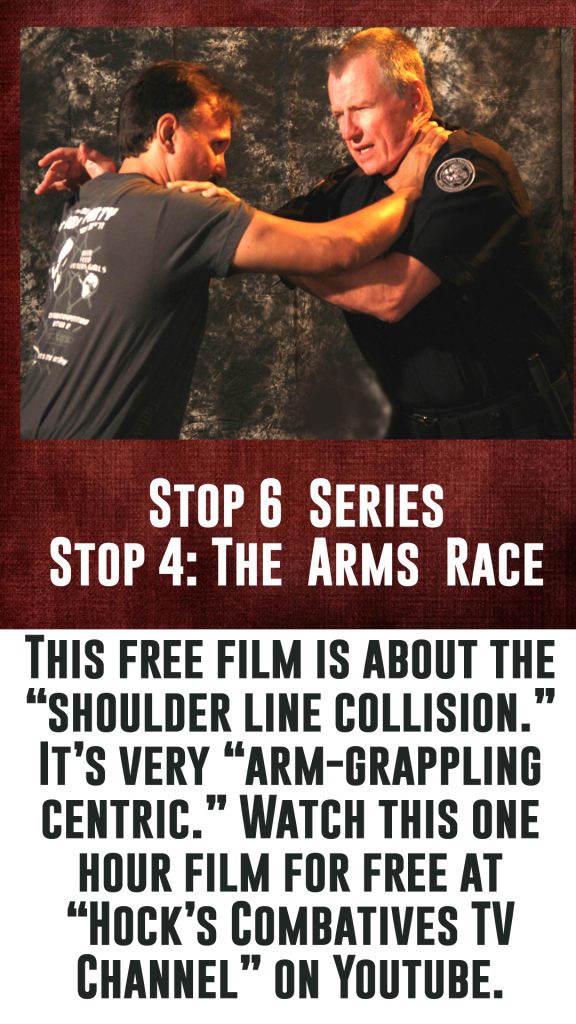
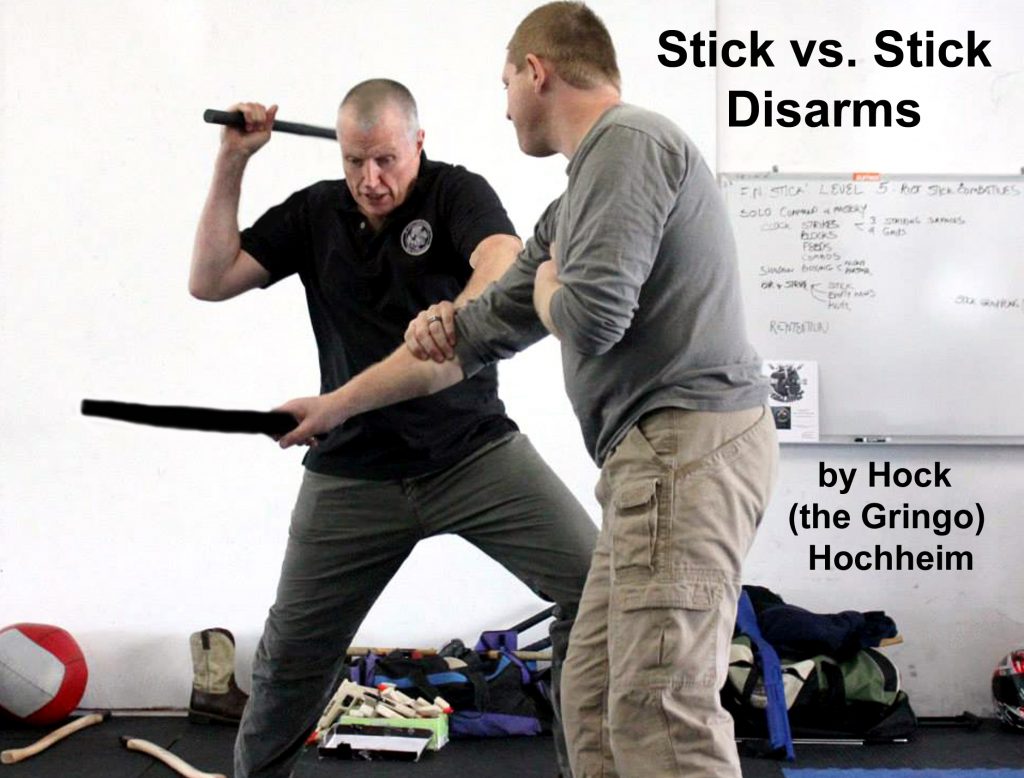
 I spent a lot of time with one of Inosanto’s top 5 instructors – Terry Gibson of Tulsa, Oklahoma, who has since passed away. Seminars, hosting him, privates in the 80s and 90s. He is responsible for a very large chunk of my FMA training to name one of the Inosanto Family topics (forever grateful to him). He gave me several disarm tips worthy of passing along versus these occasional high-low, top and bottom stick attacks. Here’s one – move them to the sides:
I spent a lot of time with one of Inosanto’s top 5 instructors – Terry Gibson of Tulsa, Oklahoma, who has since passed away. Seminars, hosting him, privates in the 80s and 90s. He is responsible for a very large chunk of my FMA training to name one of the Inosanto Family topics (forever grateful to him). He gave me several disarm tips worthy of passing along versus these occasional high-low, top and bottom stick attacks. Here’s one – move them to the sides: 
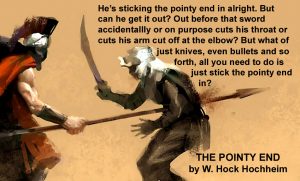
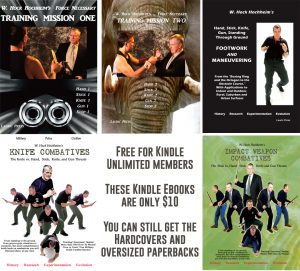
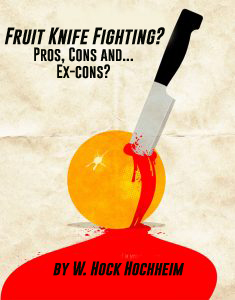


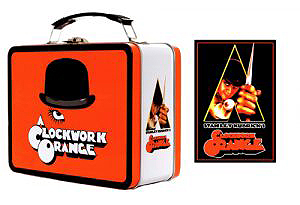
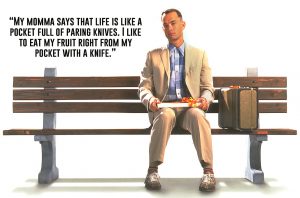

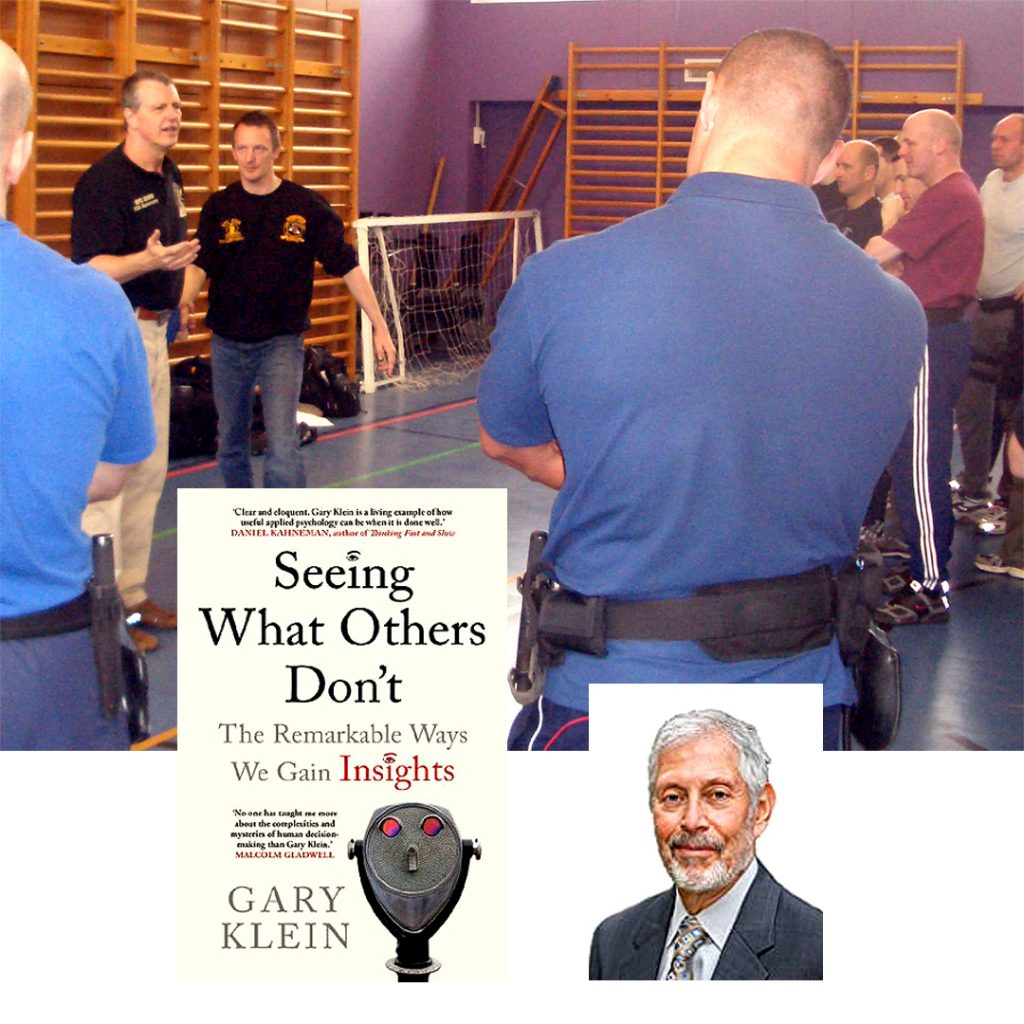
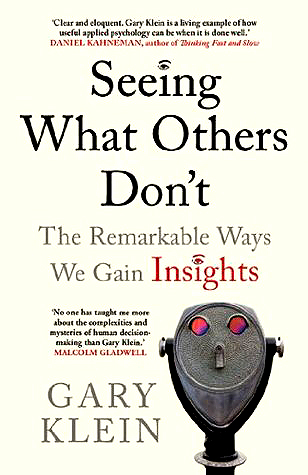 Epiphanies. Many mental experts like to suggest, that to have an epiphany, one must leave the “work table” of your problem and like, “walk in the woods” to free the mind. Answers will manifest? However one of my favorite neuro-heroes, the great Gary Klein, with a resume too long to list here, has written “What Others Don’t See,” his case history studies on epiphanies-insights-discoveries, and he lists another 4 big ways these lightening flashes of ideas arrive adding a few more strands of other ways too.
Epiphanies. Many mental experts like to suggest, that to have an epiphany, one must leave the “work table” of your problem and like, “walk in the woods” to free the mind. Answers will manifest? However one of my favorite neuro-heroes, the great Gary Klein, with a resume too long to list here, has written “What Others Don’t See,” his case history studies on epiphanies-insights-discoveries, and he lists another 4 big ways these lightening flashes of ideas arrive adding a few more strands of other ways too.